Special Report
Animals Likely to Go Extinct Due to Climate Change
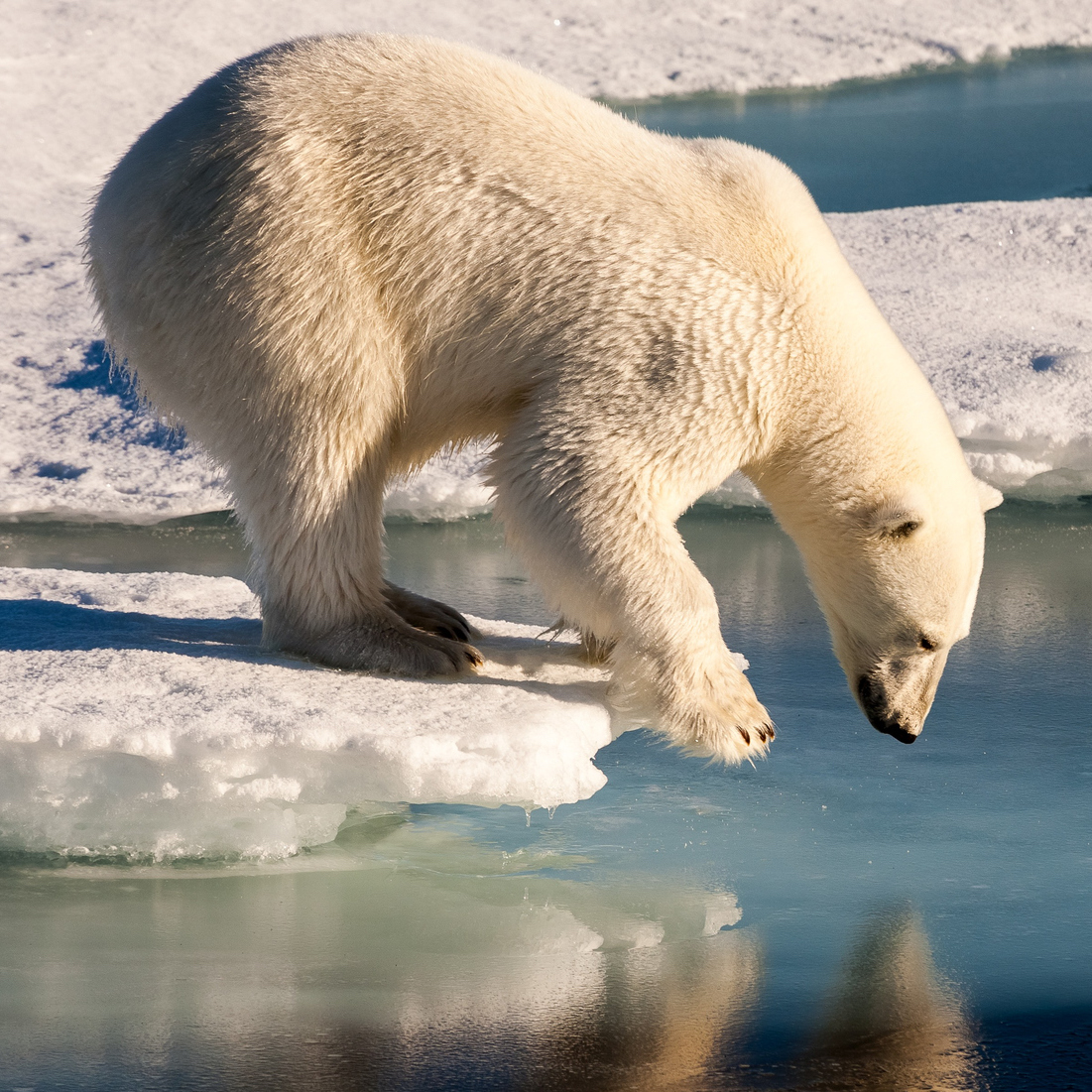
Published:
Last Updated:

Industrialization has had a significant positive impact on the world, leading to many modern benefits. But with industrialization also came pollution, and the proliferation of carbon emissions has had a severe effect on the environment, leading to climate change.
That has been felt most profoundly in the animal world, in places such as the Arctic region, the savannahs in Africa, and the oceans.
The burning of fossil fuels has the largest impact as it generates carbon dioxide that traps heat in the atmosphere. The resulting increase in Earth’s temperature is raising sea levels as glaciers are melting, and the temperature in our oceans is becoming warmer, which is increasing the acidity level in the sea.
Droughts are becoming longer, destroying crops and drying up freshwater supplies. This is putting our planet’s rich diversity of life in danger, from polar bears in the Arctic regions, to sea turtles in our oceans.
24/7 Wall St. has compiled a list of the animals likely to go extinct due to climate change. We used data and information on the conservation status of the most at-risk animals from the World Wildlife Fund for Nature, an international non-governmental organization that works to preserve wilderness and reduce human impact on the environment.
Click here to see list of animals likely to go extinct due to climate change.
Click here to read our detailed findings and methodology.
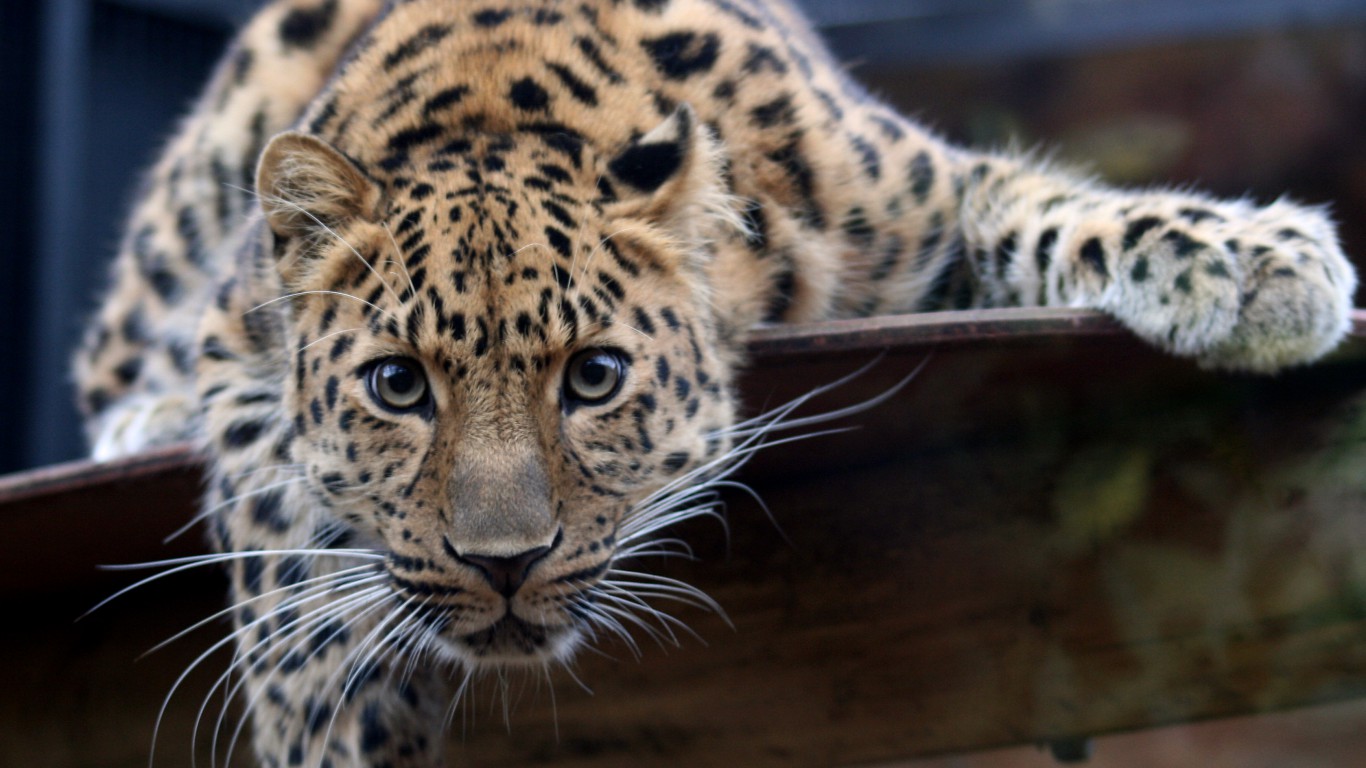
1. Amur Leopard
> Conservation status: Critically endangered
> Habitat: Temperate, broadleaf, and mixed forests
> Geographic region: Russian Far East
> Population: 84
[in-text-ad]
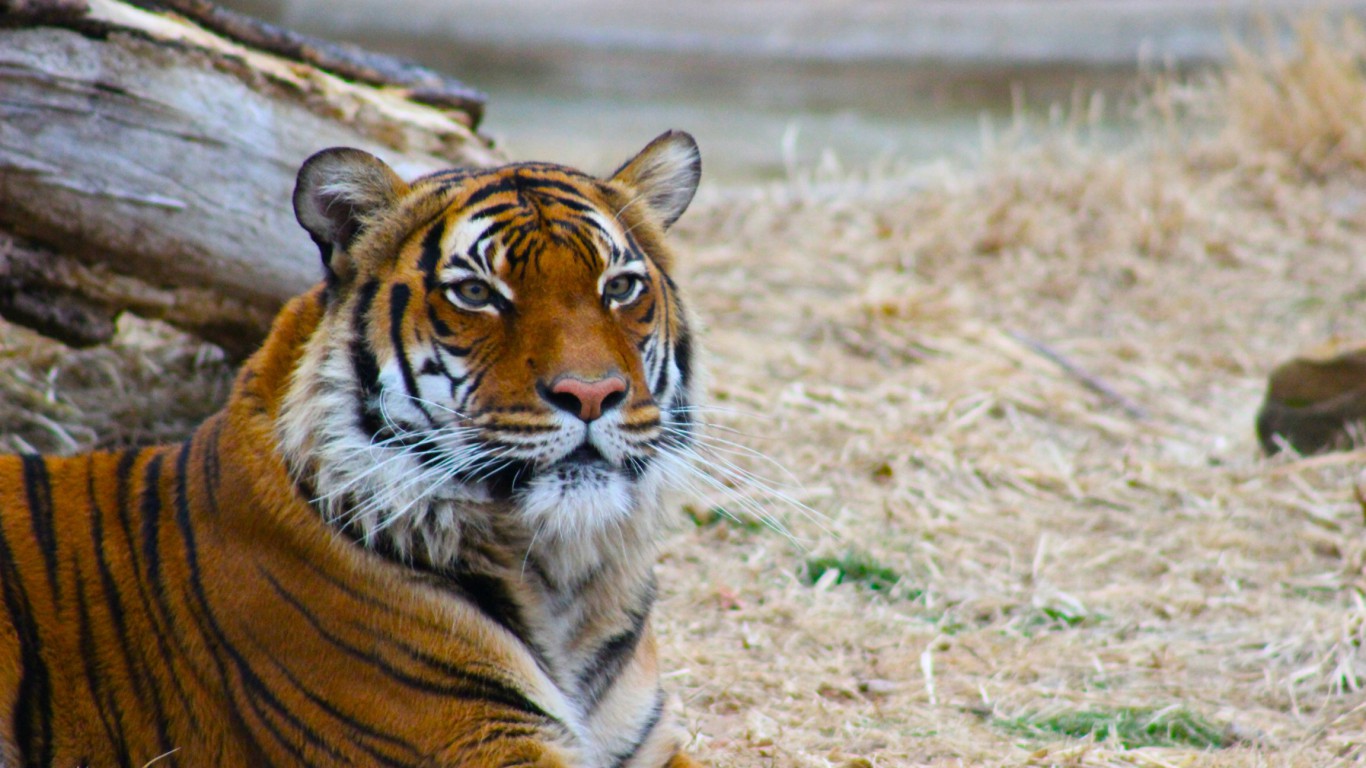
2. Malayan Tiger
> Conservation status: Critically endangered
> Habitat: Forests, grasslands, wetlands
> Geographic region: Malay Peninsula and Thailand
> Population: 250-340
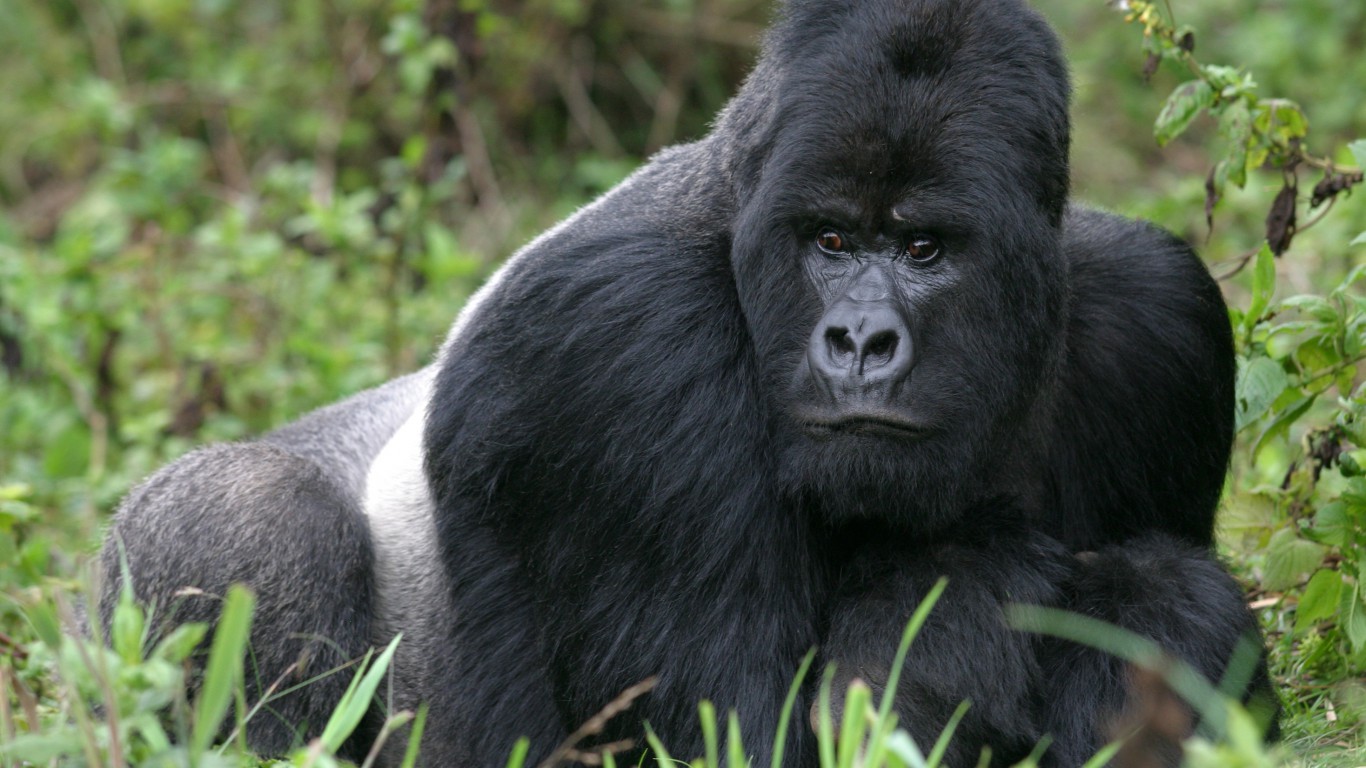
3. Mountain Gorilla
> Conservation status: Critically endangered
> Habitat: Forests and mountains
> Geographic region: Congo, Rwanda, and Uganda
> Population: 880
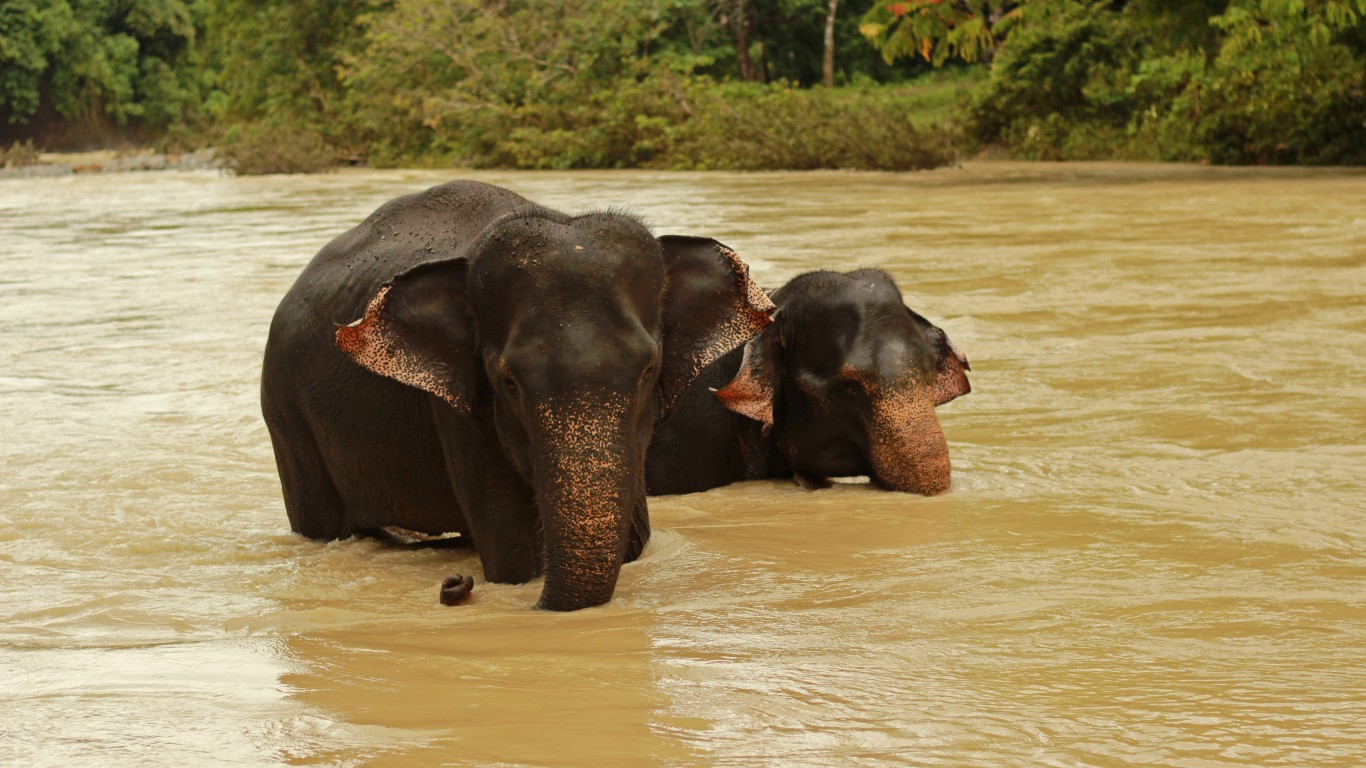
4. Sumatran Elephant
> Conservation status: Critically endangered
> Habitat: Broadleaf moist tropical forests
> Geographic region: Borneo and Sumatra
> Population: 2,400-2,800
[in-text-ad-2]
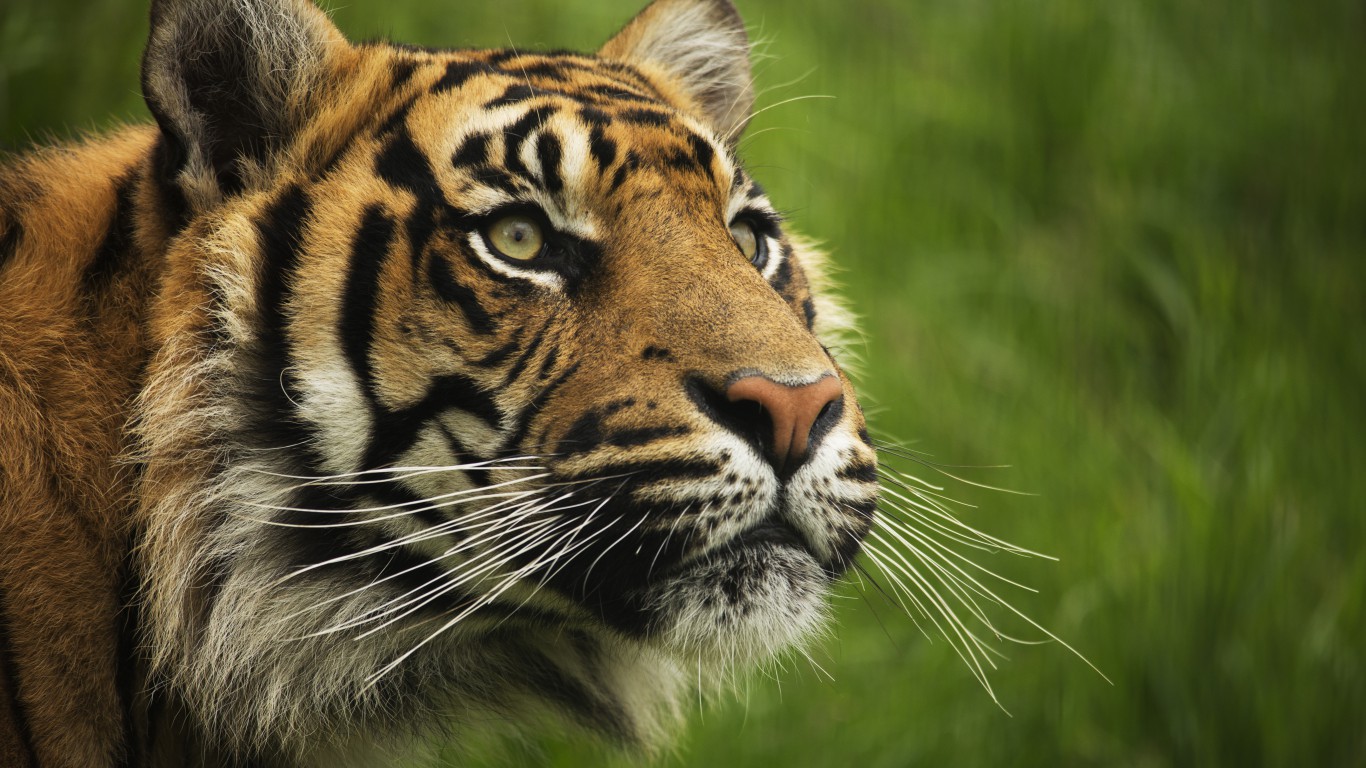
5. Sumatran Tiger
> Conservation status: Critically endangered
> Habitat: Forests, grasslands, wetlands
> Geographic region: Borneo and Sumatra
> Population: 400-500
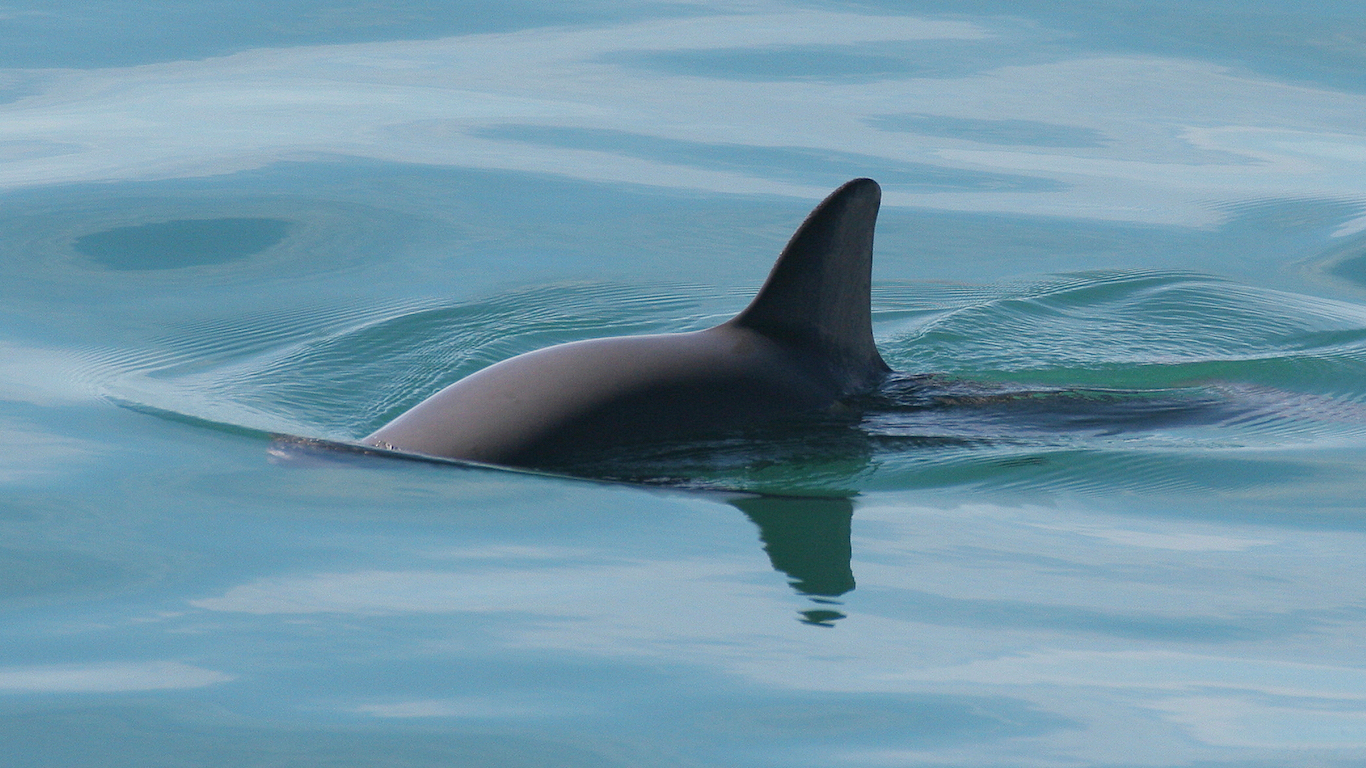
6. Vaquita
> Conservation status: Critically endangered
> Habitat: Ocean
> Geographic region: Northern Gulf of California
> Population: 30
[in-text-ad]
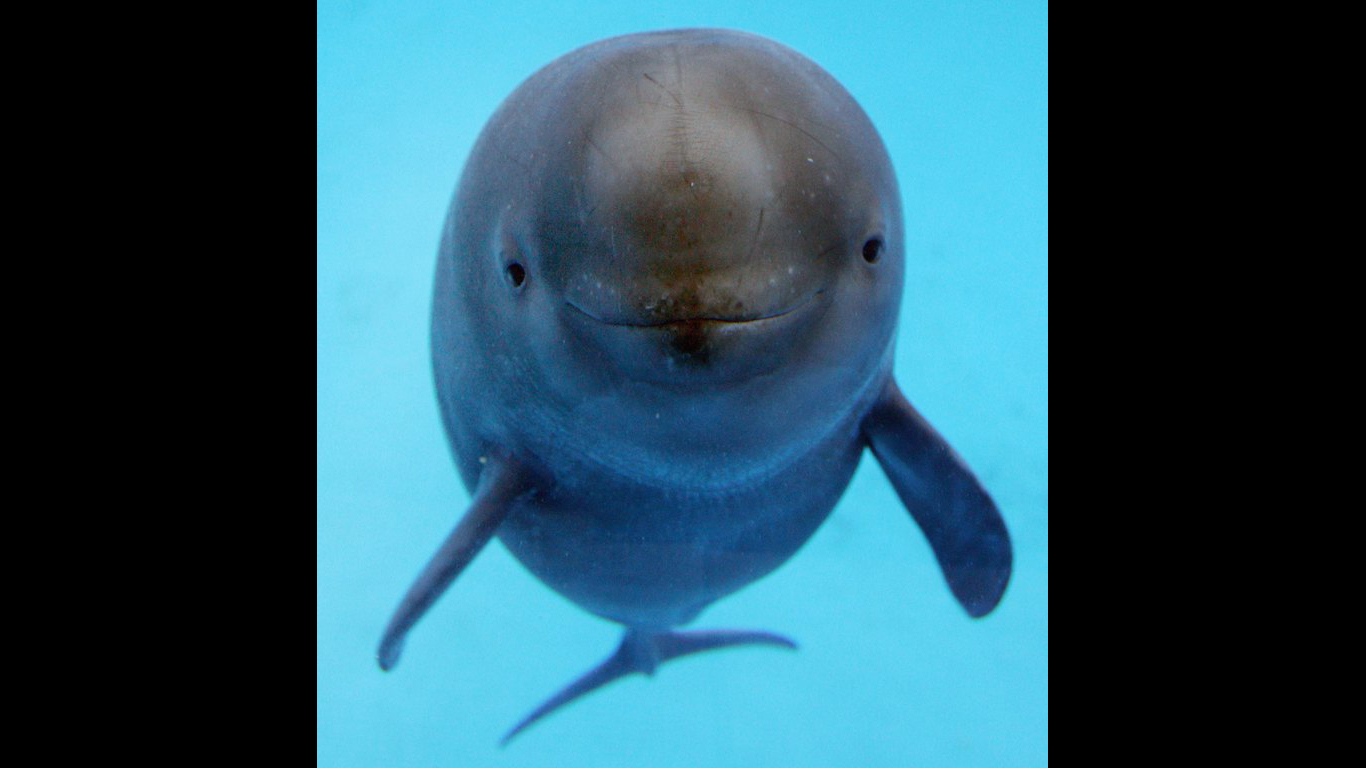
7. Yangtze Finless Porpoise
> Conservation status: Critically endangered
> Habitat: Coastal water
> Geographic region: Yangtze River
> Population: 1,000-1,800
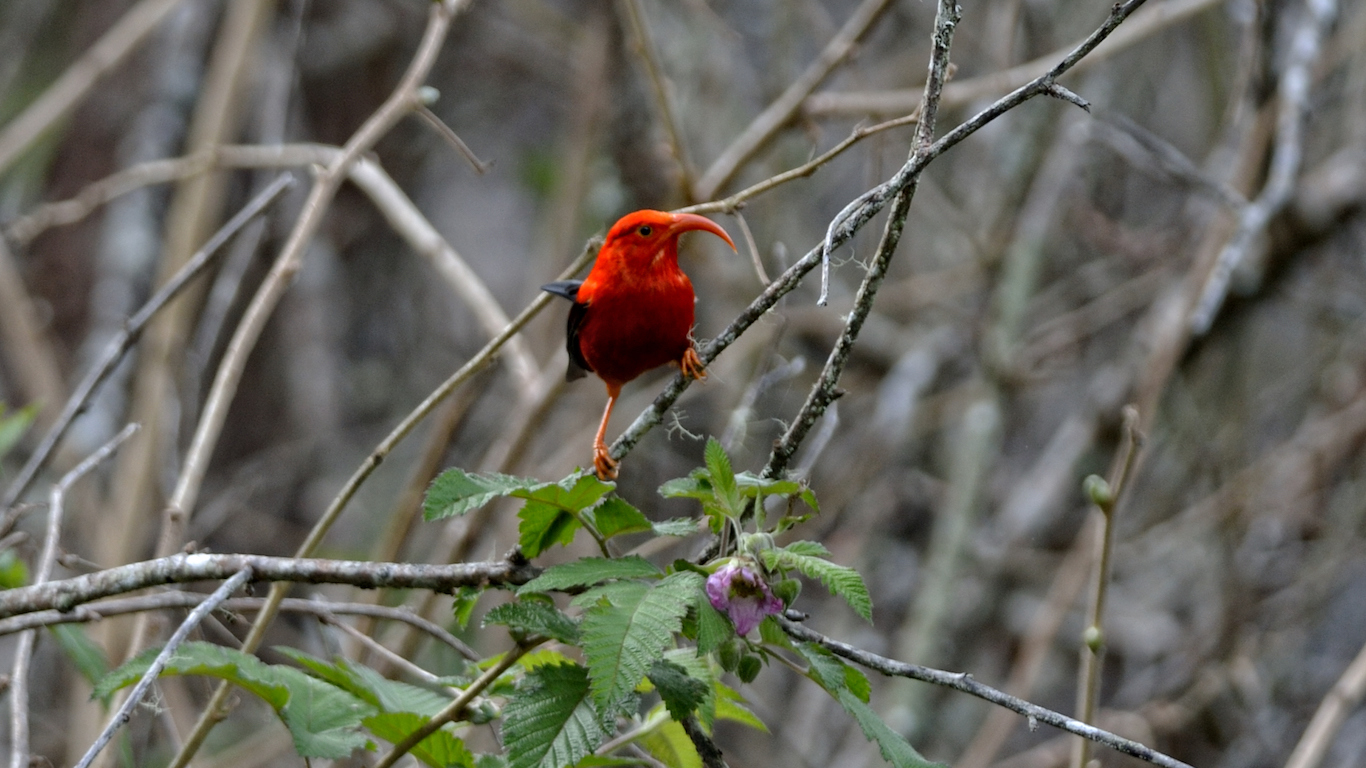
8. Hawaiian Honeycreepers
> Conservation status: Critically endangered
> Habitat: Forest, tropical and semi-tropical climates
> Geographic region: Hawaii
> Population: 3,800
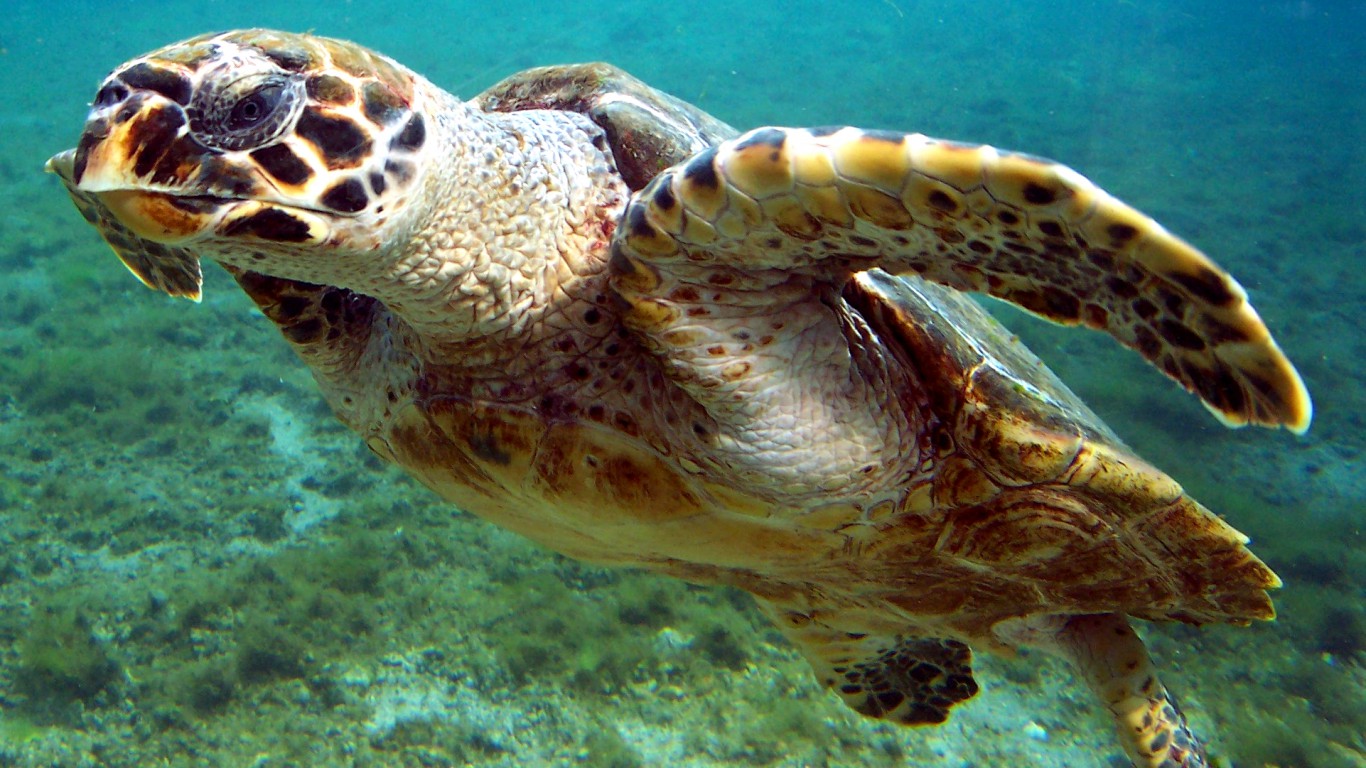
9. Hawksbill Sea Turtle
> Conservation status: Critically endangered
> Habitat: Ocean and seacoasts
> Geographic region: Mesoamerican Reef, coastal East Africa, Coral Triangle
> Population: 20,000-23,000 nesting females
[in-text-ad-2]
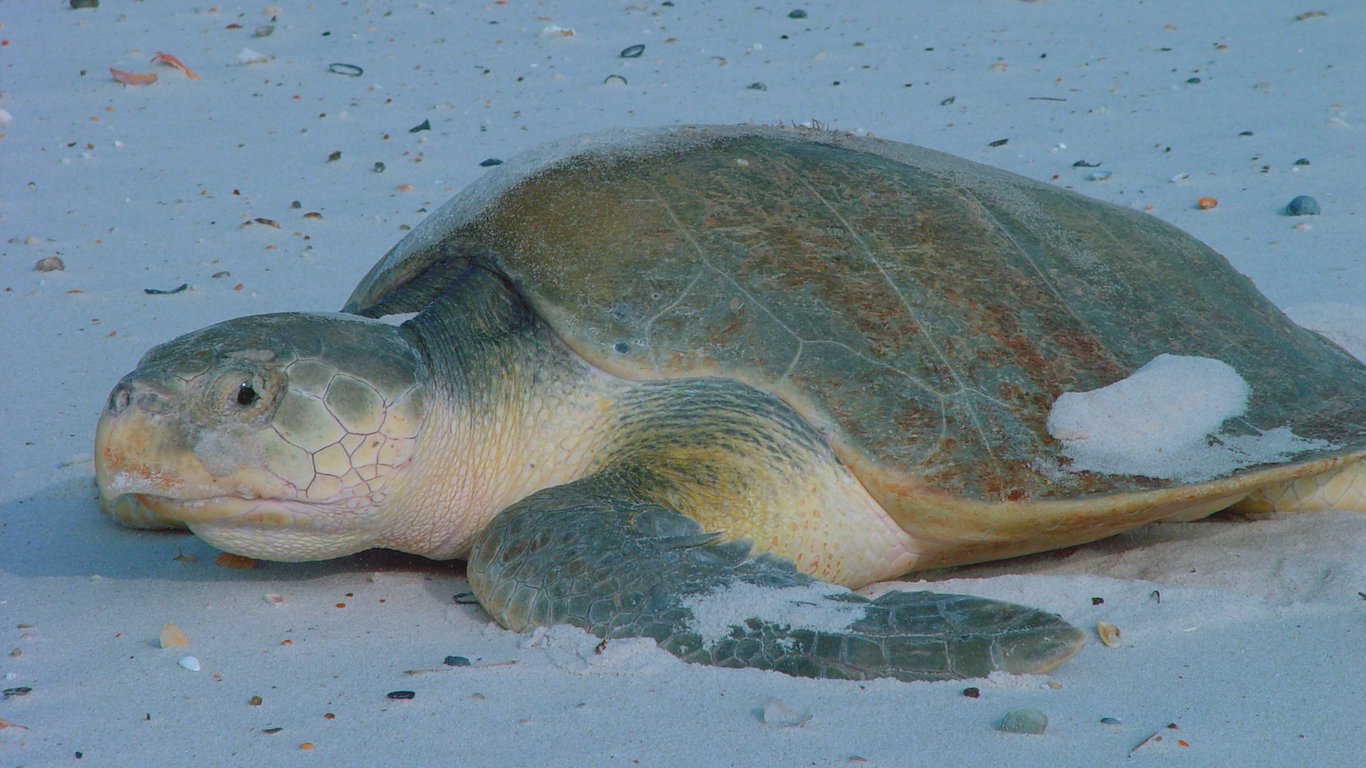
10. Kemp’s Ridley Sea Turtle
> Conservation status: Critically endangered
> Habitat: Ocean and seacoasts
> Geographic region: Gulf of Mexico
> Population: 1,000-10,000 nesting females
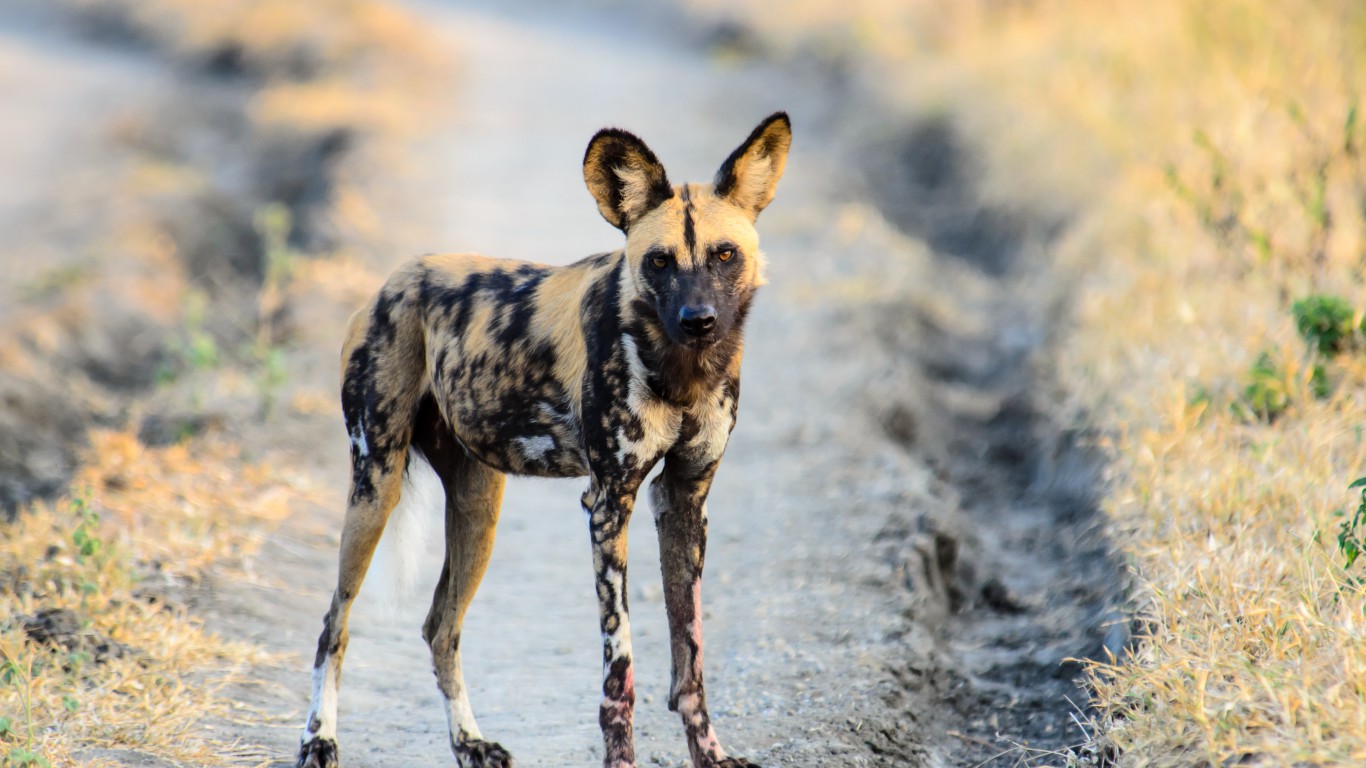
11. African Wild Dog
> Conservation status: Endangered
> Habitat: Forest, grassland, deserts
> Geographic region: Southern Africa and southern part of East Africa.
> Population: 6,600
[in-text-ad]
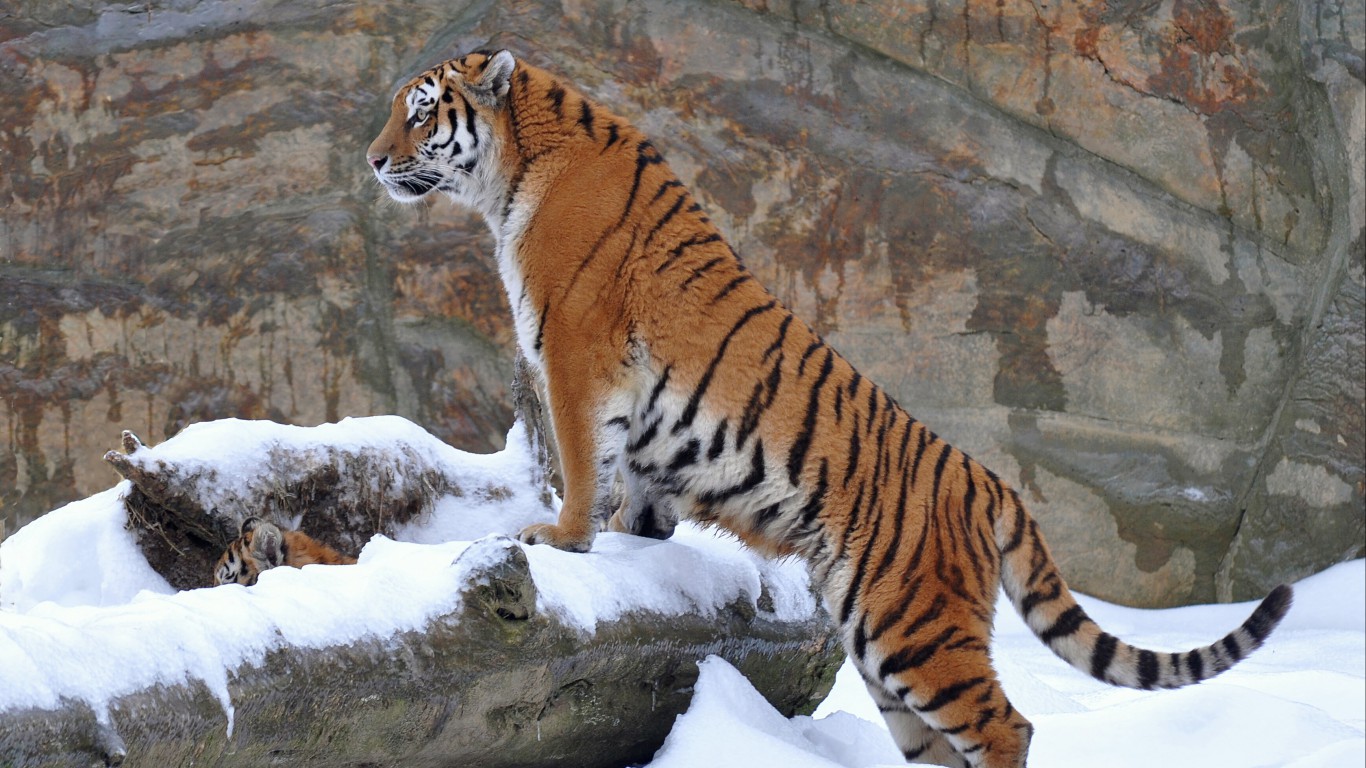
12. Amur Tiger
> Conservation status: Endangered
> Habitat: Temperate forest
> Geographic region: Russian Far East
> Population: 540
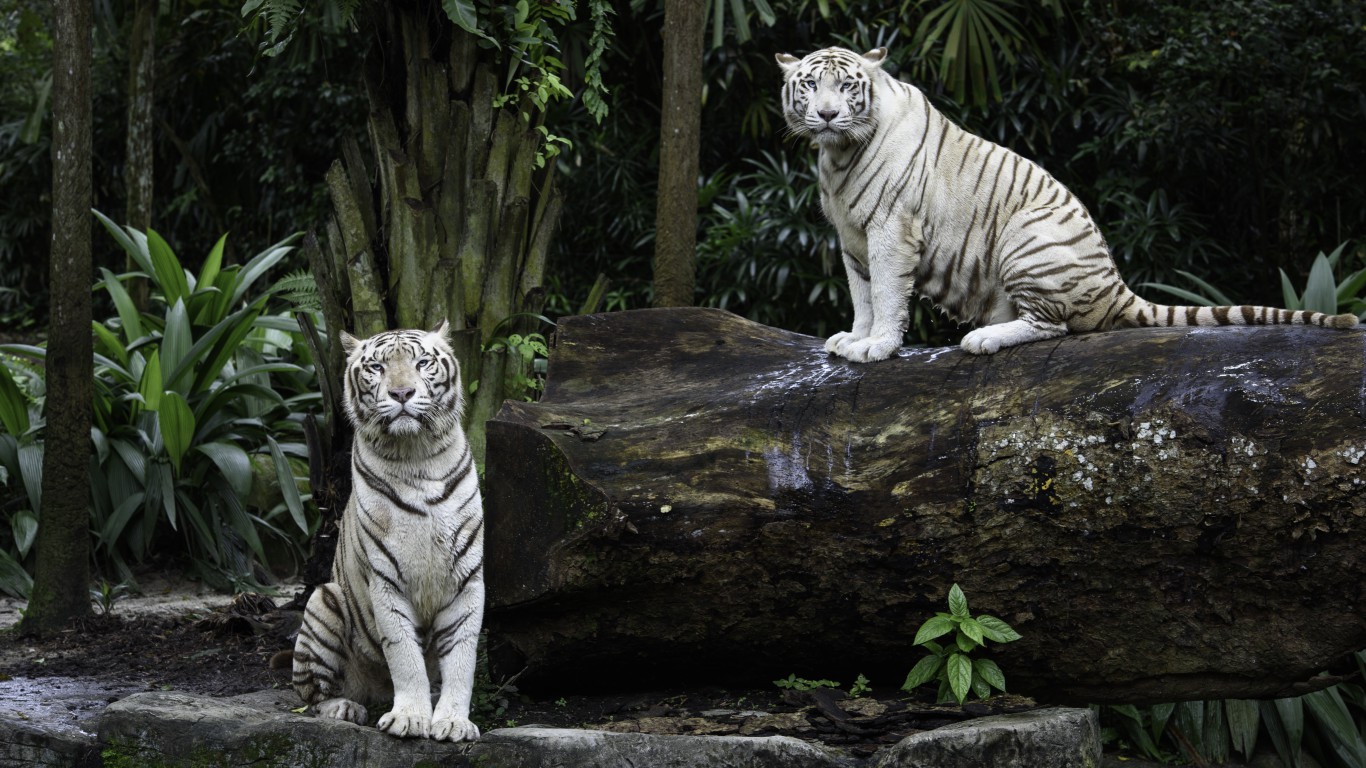
13. Bengal Tiger
> Conservation status: Endangered
> Habitat: Forest
> Geographic region: India, Bangladesh, Nepal, Bhutan, China, and Myanmar
> Population: About 2,500
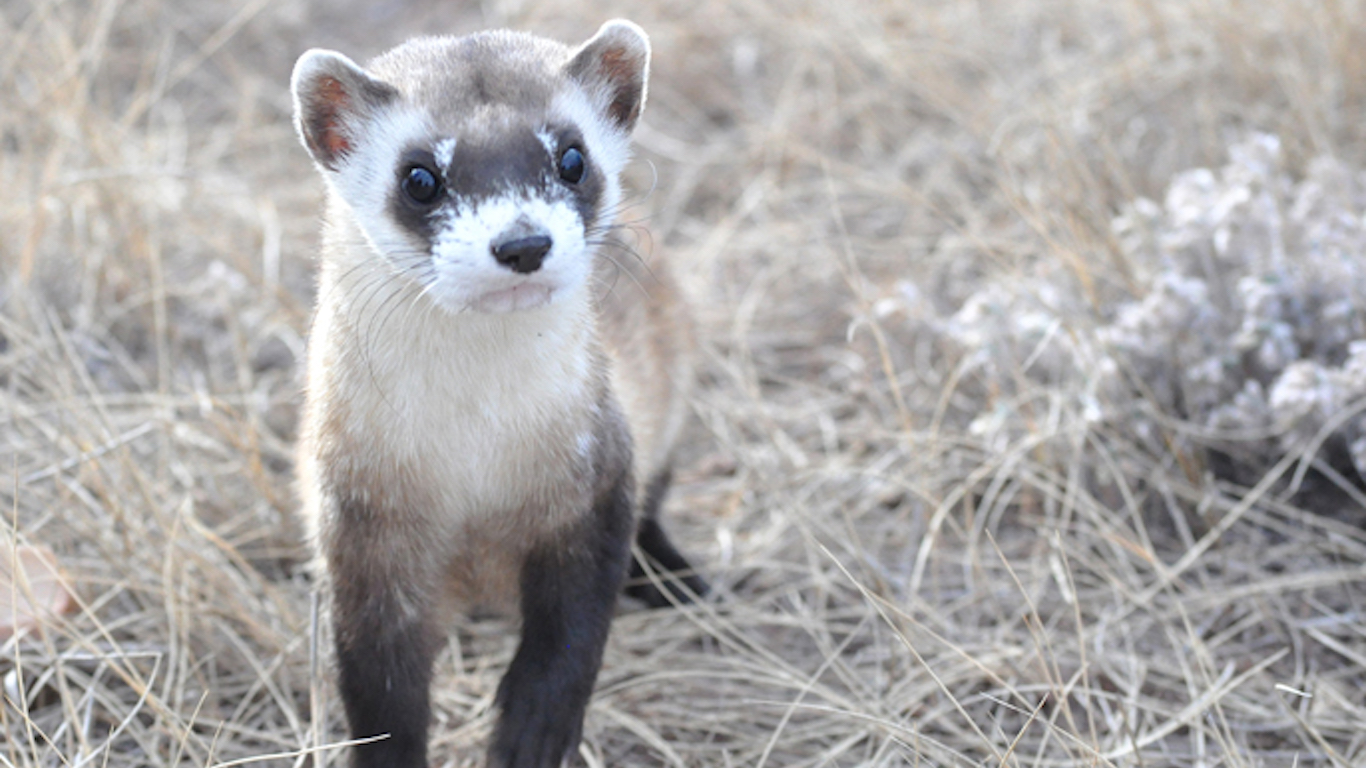
14. Black-footed Ferret
> Conservation status: Endangered
> Habitat: Grasslands
> Geographic region: Northern Great Plains
> Population: About 370
[in-text-ad-2]
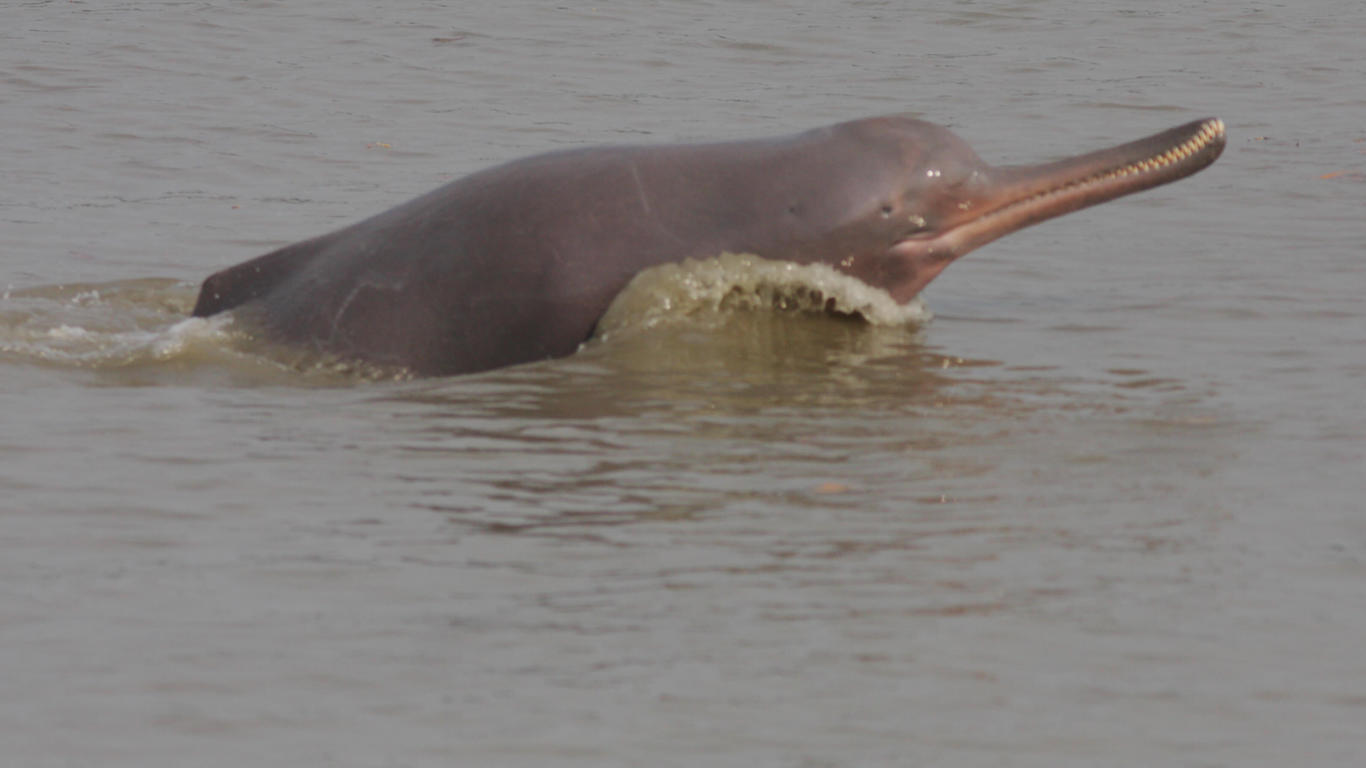
15. Ganges River Dolphin
> Conservation status: Endangered
> Habitat: Fresh water
> Geographic region: Eastern Himalayas
> Population: 1,200–1,800
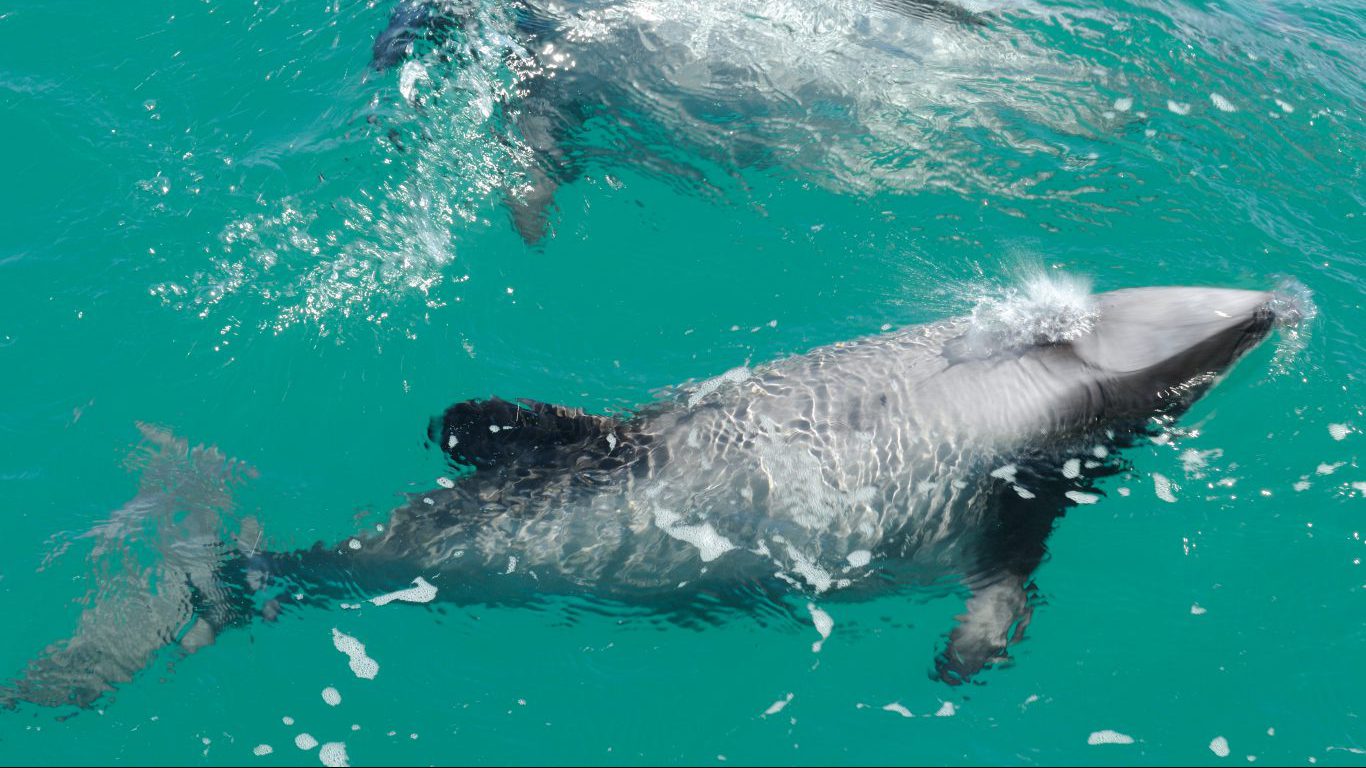
16. Hector’s Dolphin
> Conservation status: Endangered
> Habitat: Ocean
> Geographic region: Western shores of New Zealand’s North Island.
> Population: About 7,000
[in-text-ad]
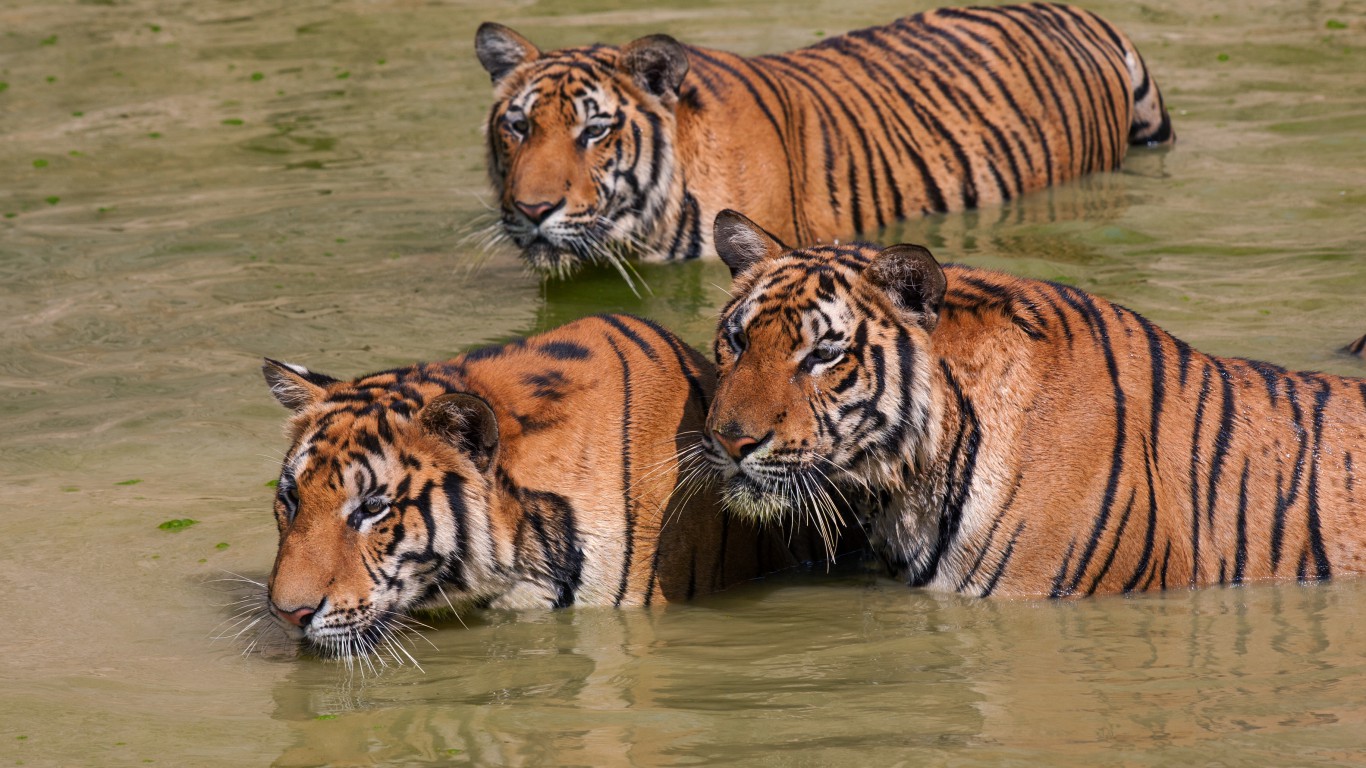
17. Indochinese Tiger
> Conservation status: Endangered
> Habitat: Tropical and subtropical moist broadleaf forests, dry forest
> Geographic region: Southern Laos and Central Vietnam
> Population: 350
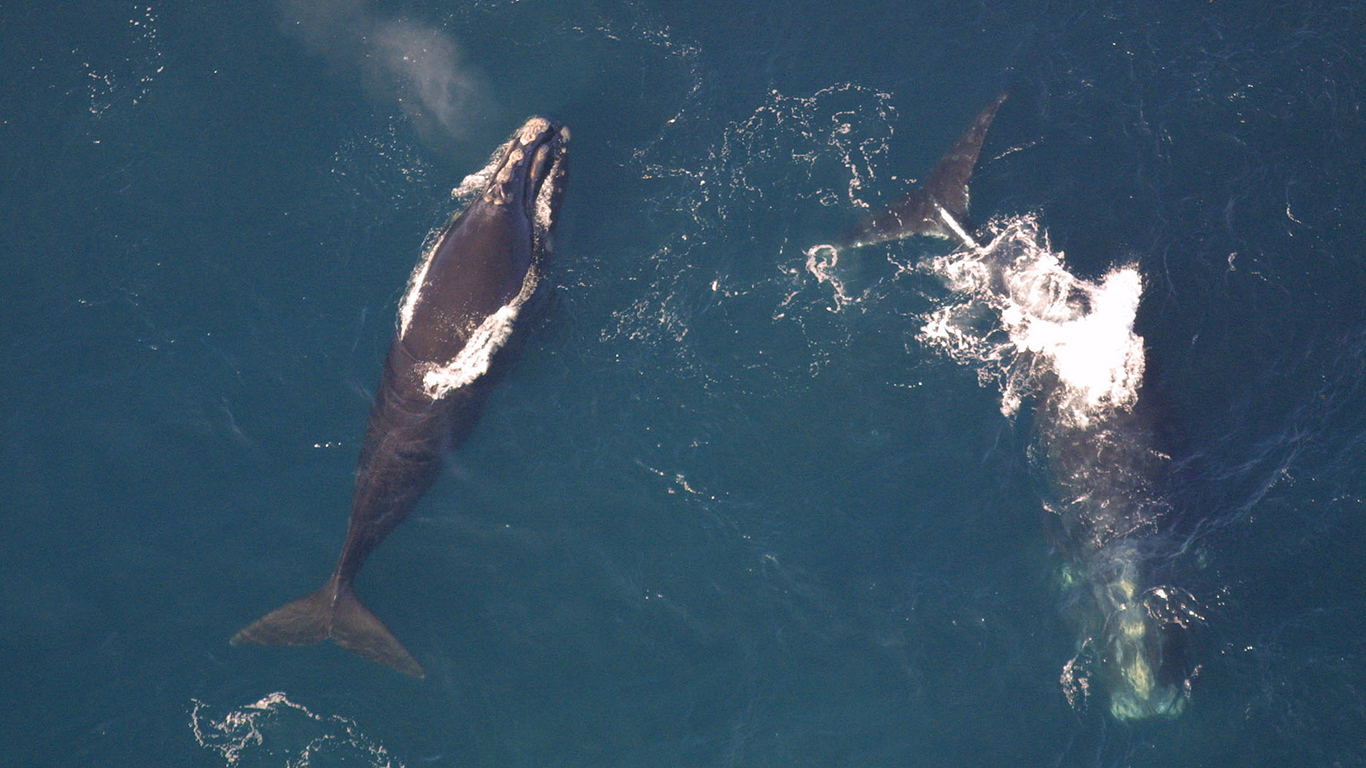
18. North Atlantic Right Whale
> Conservation status: Endangered
> Habitat: Ocean
> Geographic region: Northern Atlantic Ocean, North American, European, and African coasts
> Population: 300-350
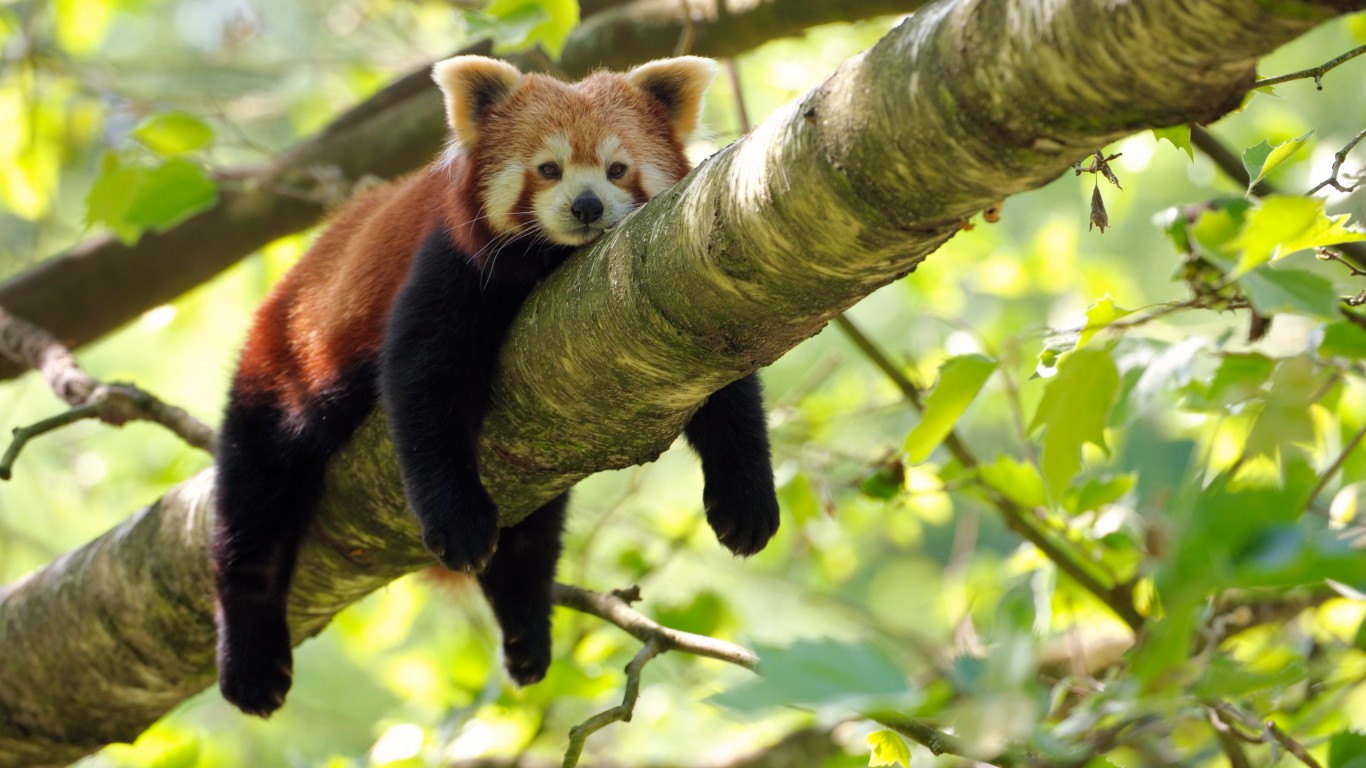
19. Red Panda
> Conservation status: Endangered
> Habitat: Temperate forests
> Geographic region: Eastern Himalayas
> Population: About 10,000
[in-text-ad-2]
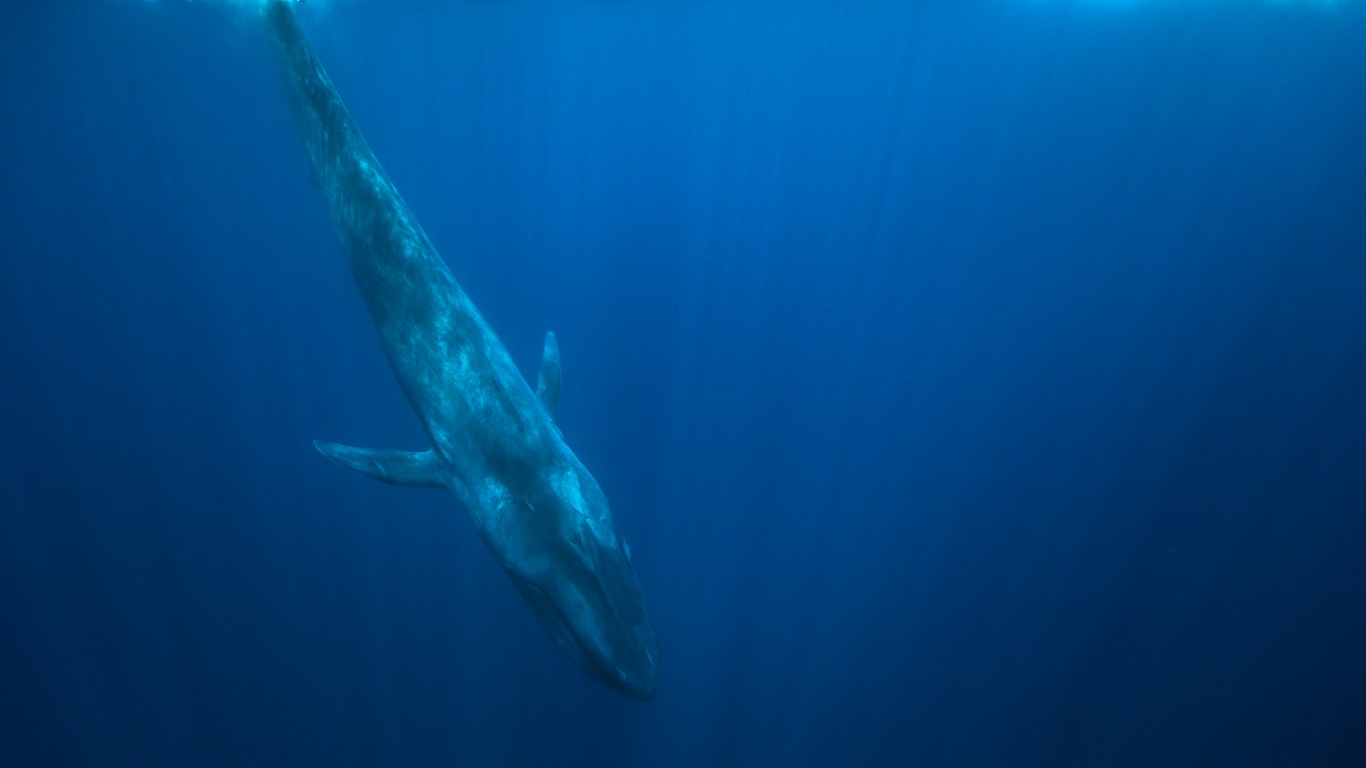
20. Blue Whale
> Conservation status: Endangered
> Habitat: Ocean
> Geographic region: Southern Chile, Gulf of California, Coral Triangle
> Population: 10,000-25,000
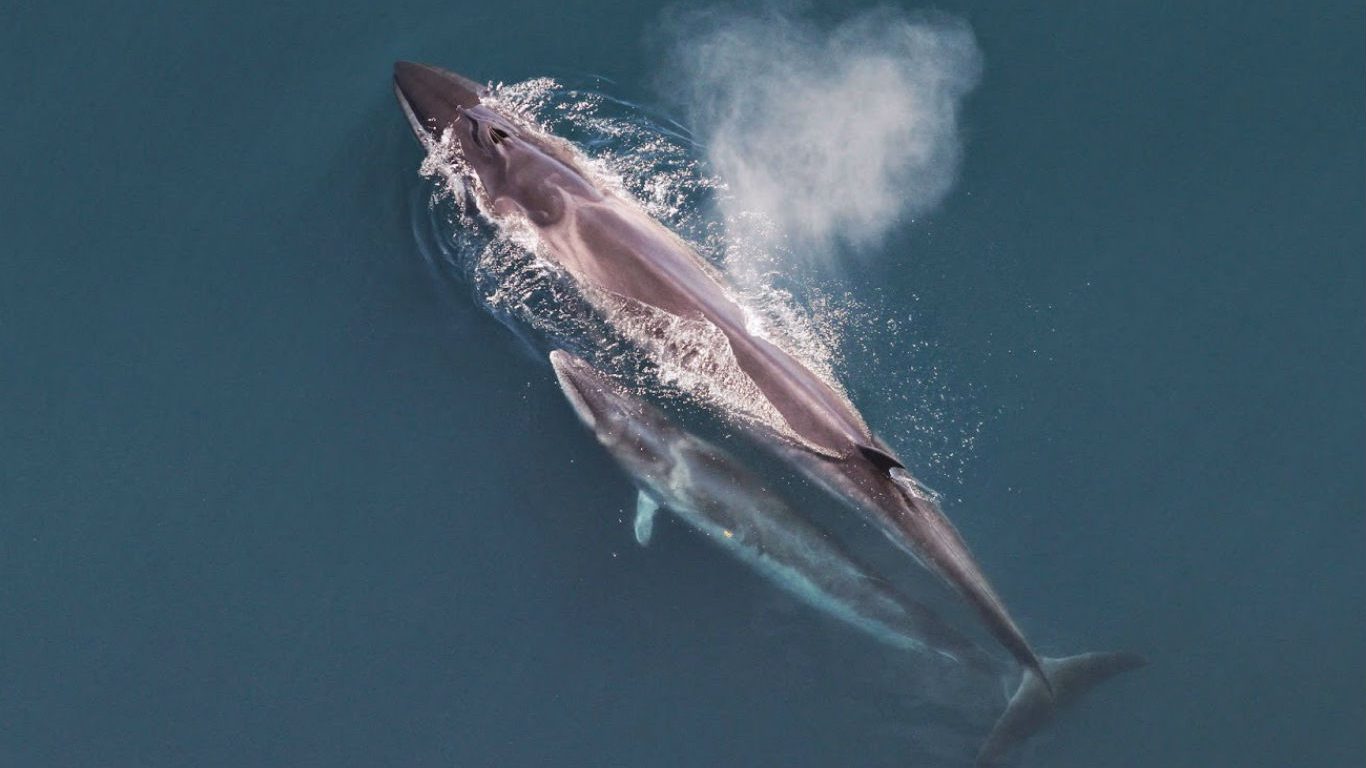
21. Sei Whale
> Conservation status: Endangered
> Habitat: Ocean
> Geographic region: Southern Chile, Arctic, Galápagos Islands, Coral Triangle, Gulf of California, and Coastal East Africa
> Population: 12,000
[in-text-ad]
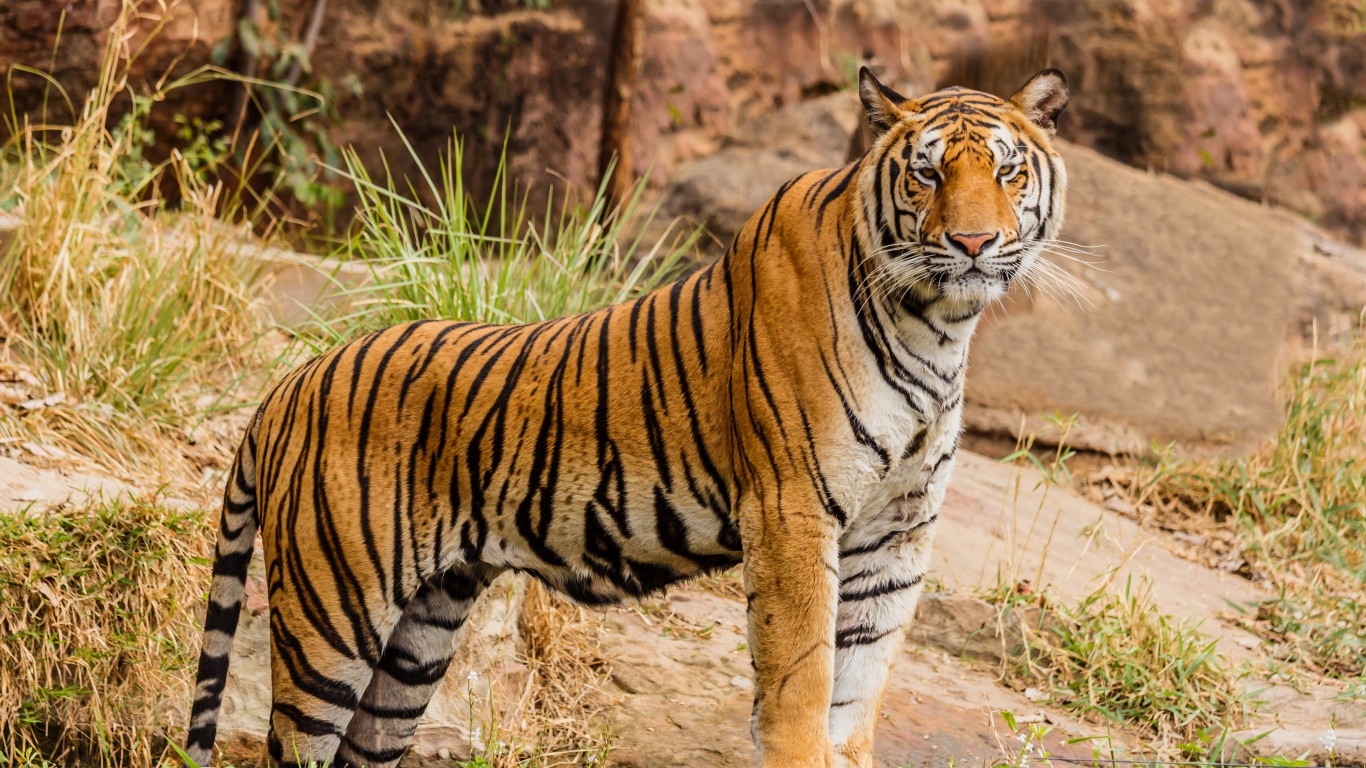
22. Tiger
> Conservation status: Endangered
> Habitat: Tropical rainforests, evergreen forests, temperate forests, mangrove swamps, grasslands, and savannas
> Geographic region: Russian Far East, Thailand, India, Malaysia
> Population: 3,890
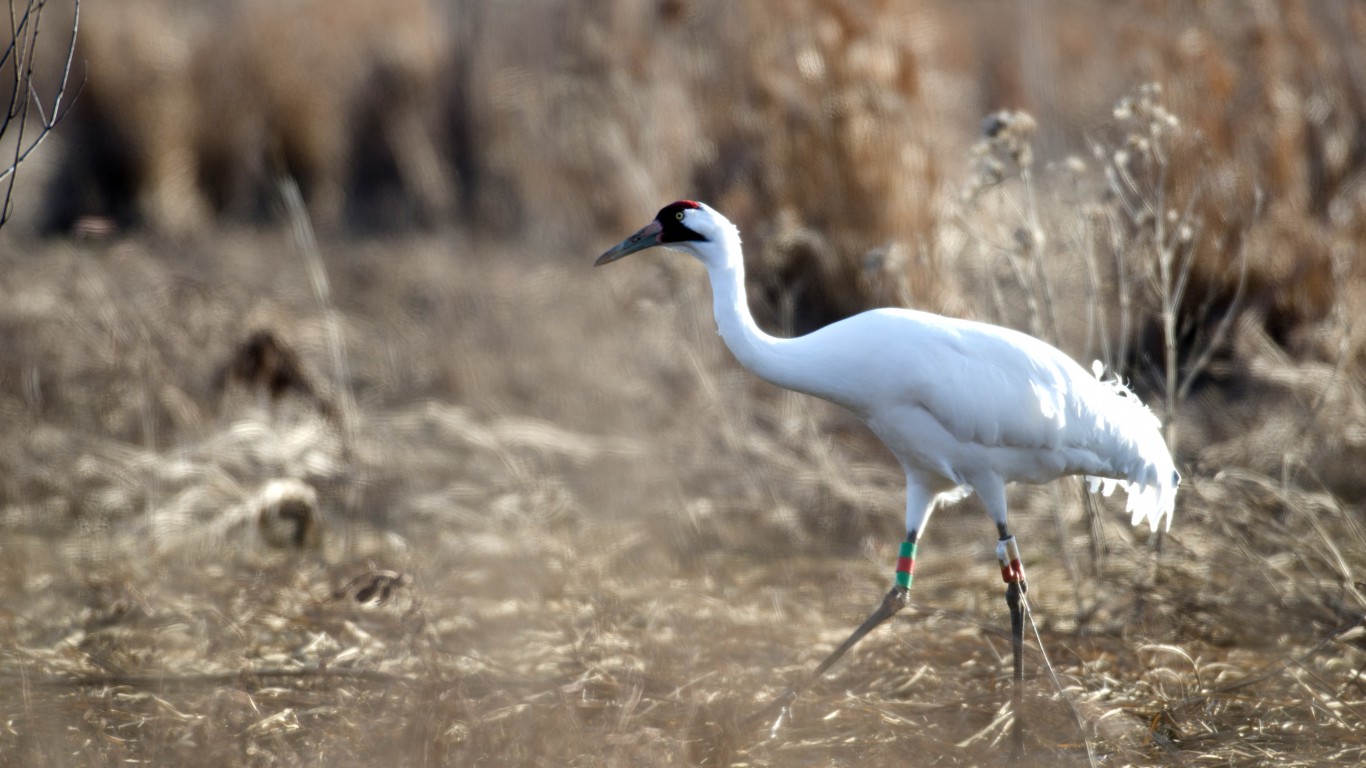
23. Whooping Crane
> Conservation status: Endangered
> Habitat: Wetlands
> Geographic region: Canada and United States
> Population: 483
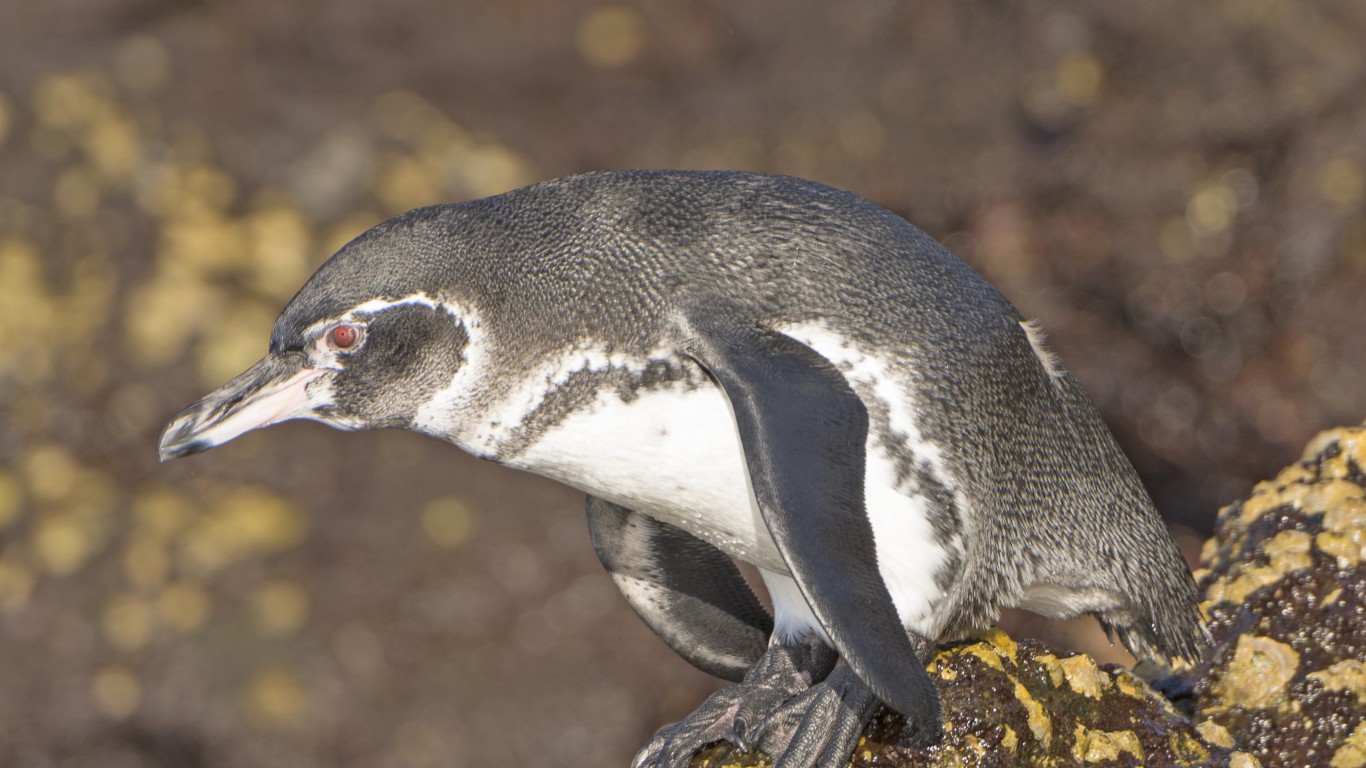
24. Galapagos Penguin
> Conservation status: Endangered
> Habitat: Ocean
> Geographic region: Galápagos Islands
> Population: 1,800-4,700
[in-text-ad-2]
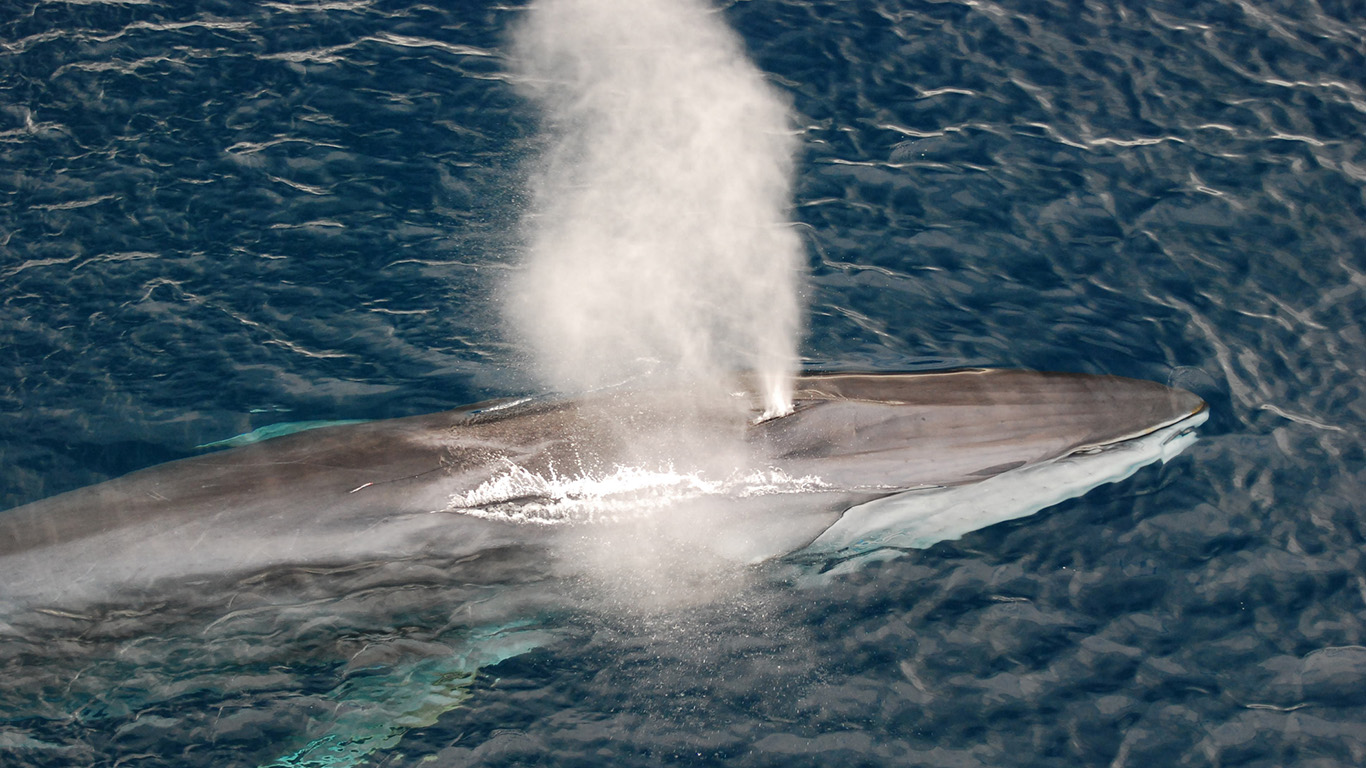
25. Fin Whale
> Conservation status: Endangered
> Habitat: Ocean
> Geographic region: Gulf of California, Coral Triangle, Arctic
> Population: 50,000-90,000
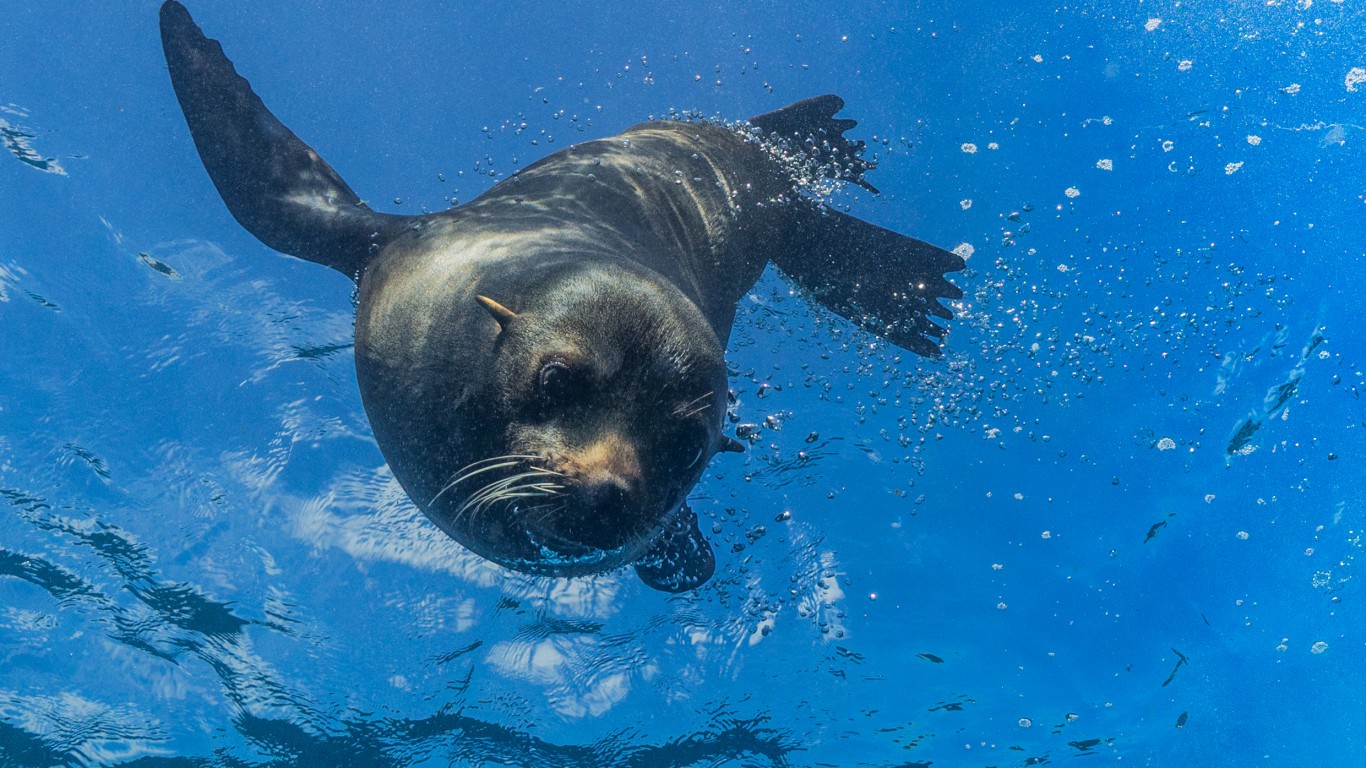
26. Sea Lion
> Conservation status: Endangered
> Habitat: Ocean
> Geographic region: Galápagos Islands
> Population: 250,000
[in-text-ad]
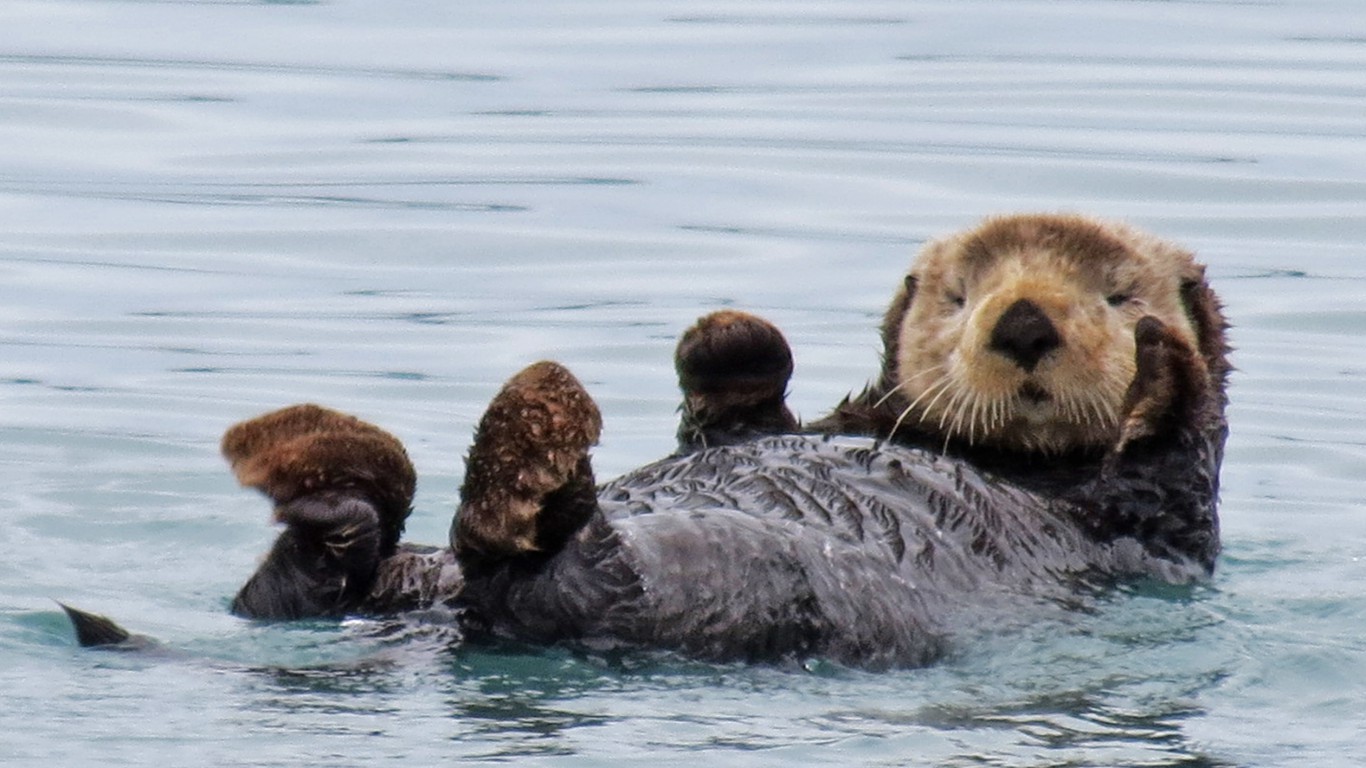
27. Sea Otter
> Conservation status: Endangered
> Habitat: Ocean
> Geographic region: Canada; Japan; Mexico; Russia; United States
> Population: 106,000
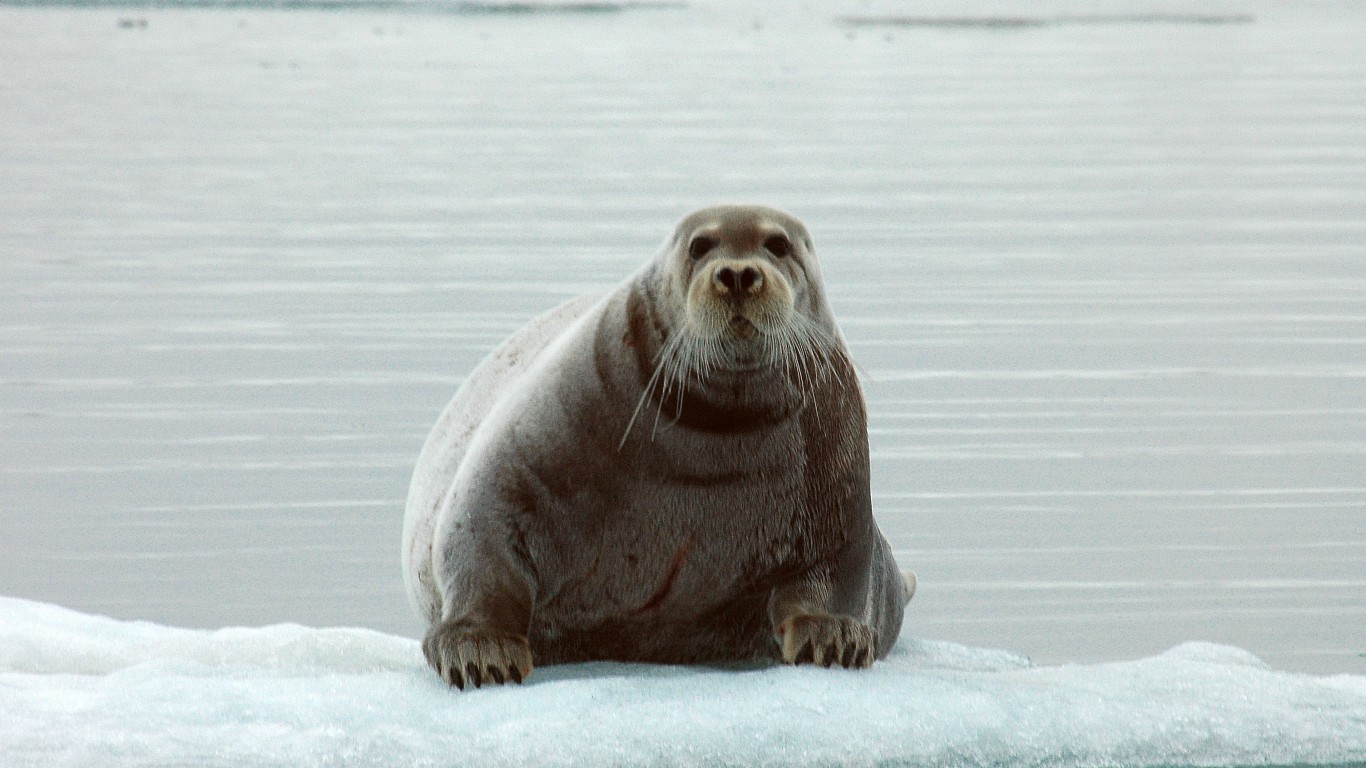
28. Ringed Seal
> Conservation status: Endangered
> Habitat: Ocean
> Geographic region: Arctic region
> Population: Up to 7 million
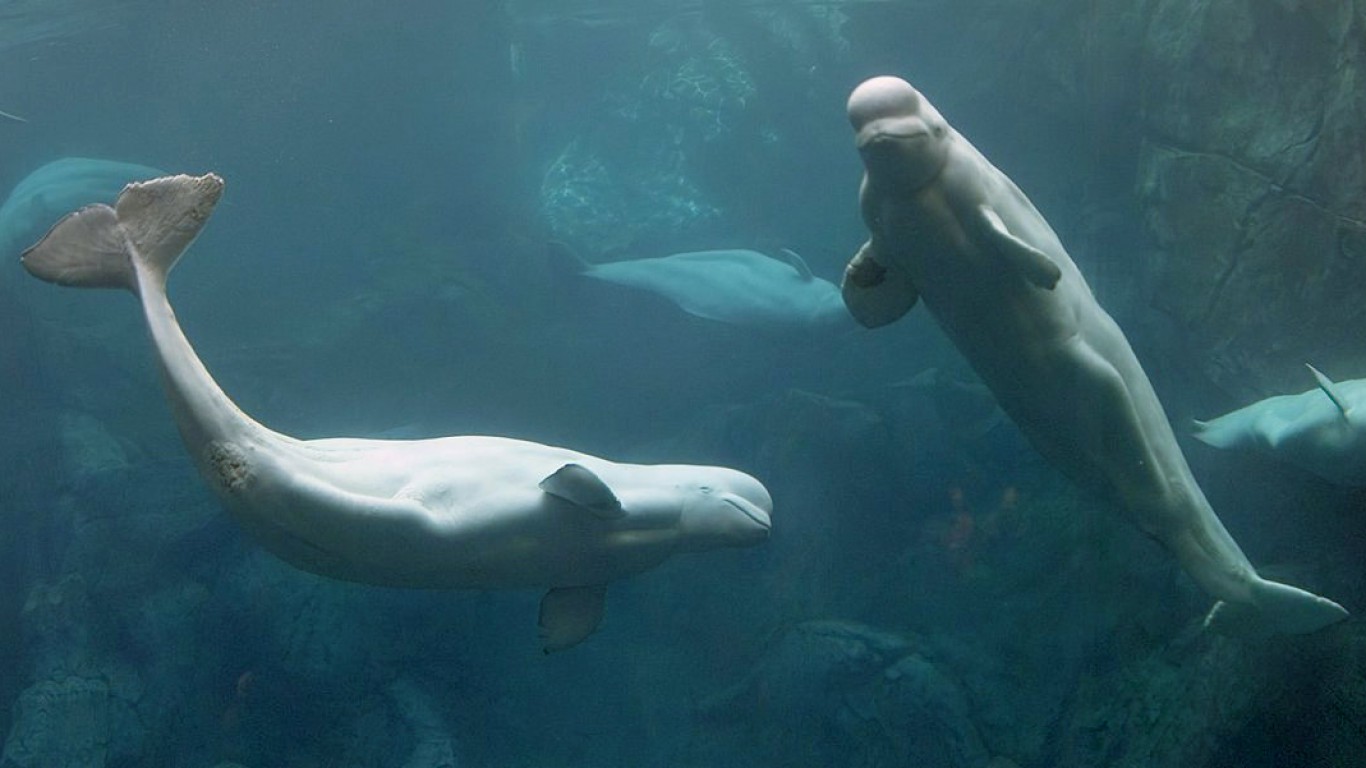
29. Beluga
> Conservation status: Near threatened
> Habitat: Ocean
> Geographic region: Arctic region
> Population: About 150,000
[in-text-ad-2]
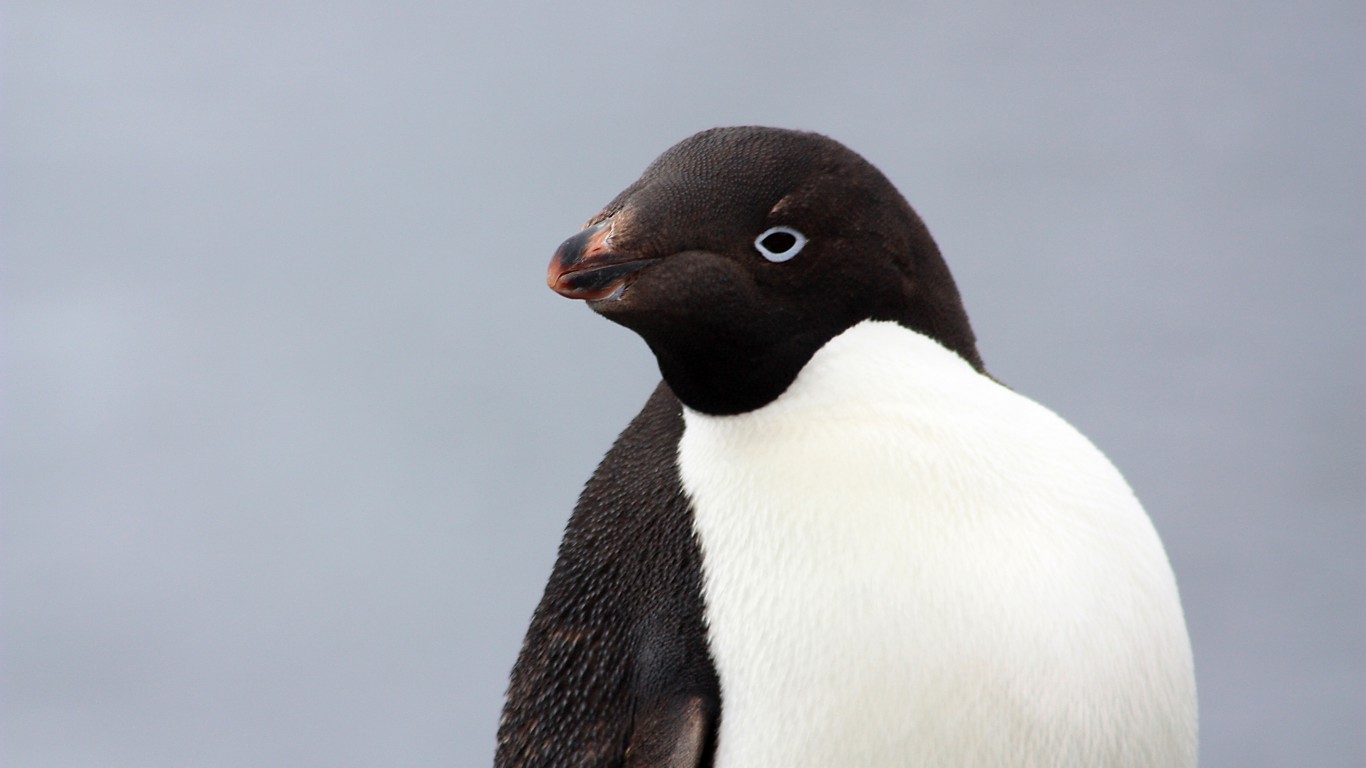
30. Adelie Penguin
> Conservation status: Near threatened
> Habitat: Ice floes
> Geographic region: Southern Hemisphere
> Population: 4.74 million
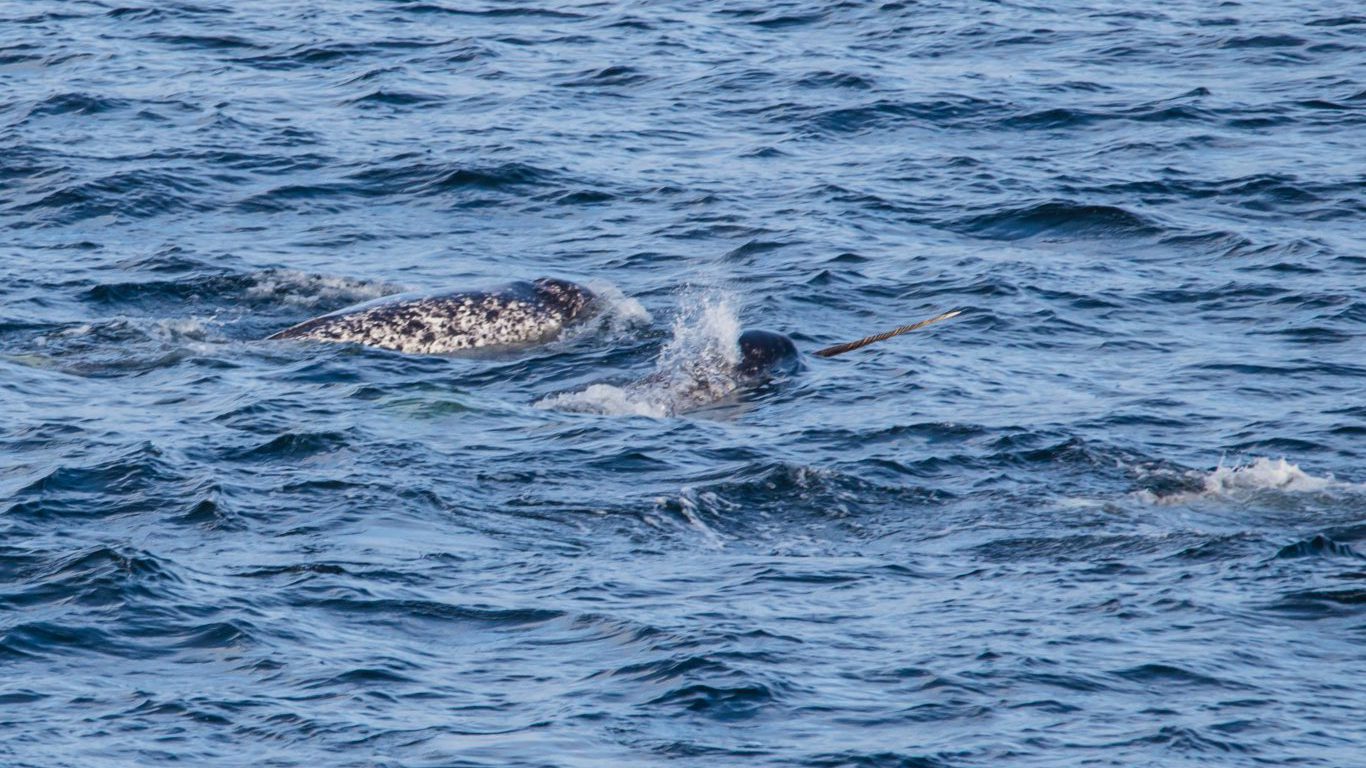
31. Narwhal
> Conservation status: Near threatened
> Habitat: Ocean
> Geographic region: Arctic region
> Population: About 80,000
[in-text-ad]
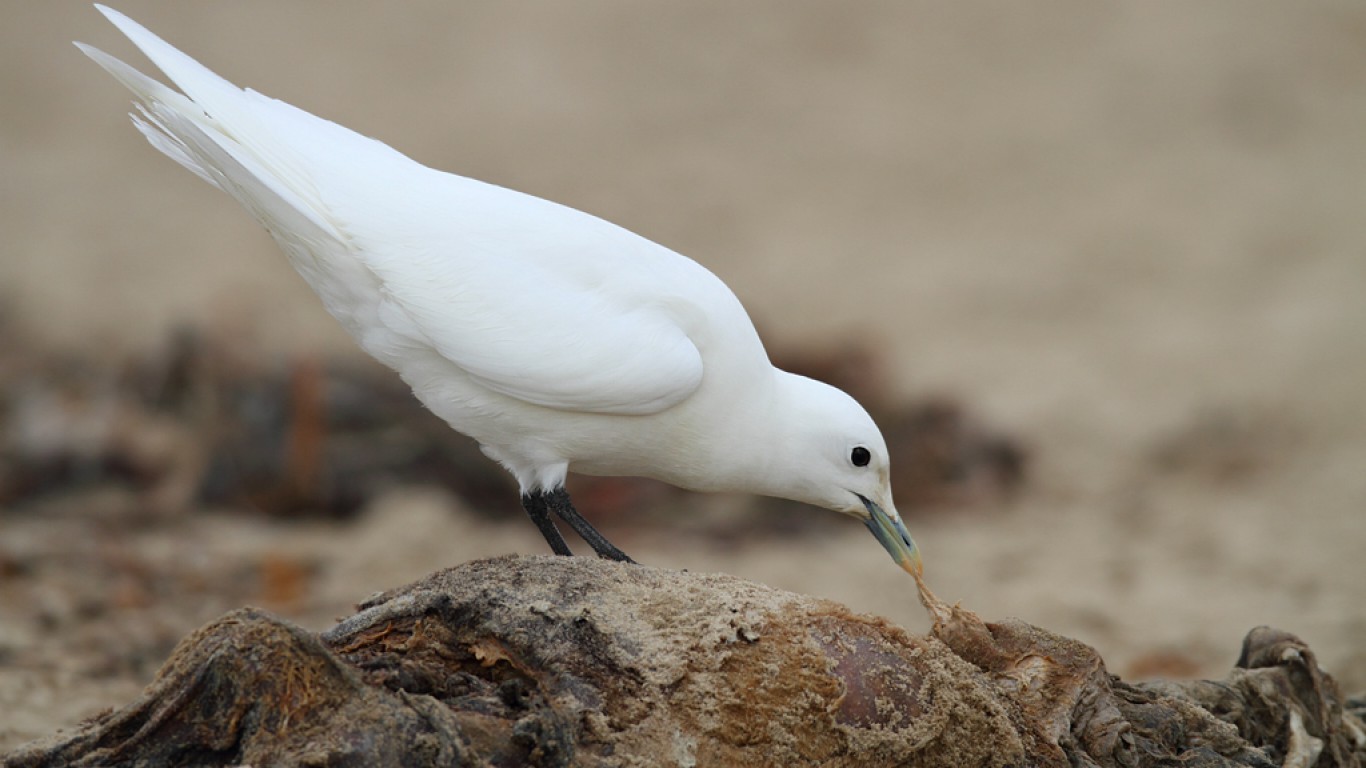
32. Ivory Gulls
> Conservation status: Near threatened
> Habitat: Ocean
> Geographic region: Arctic region
> Population: 58,000-78,000
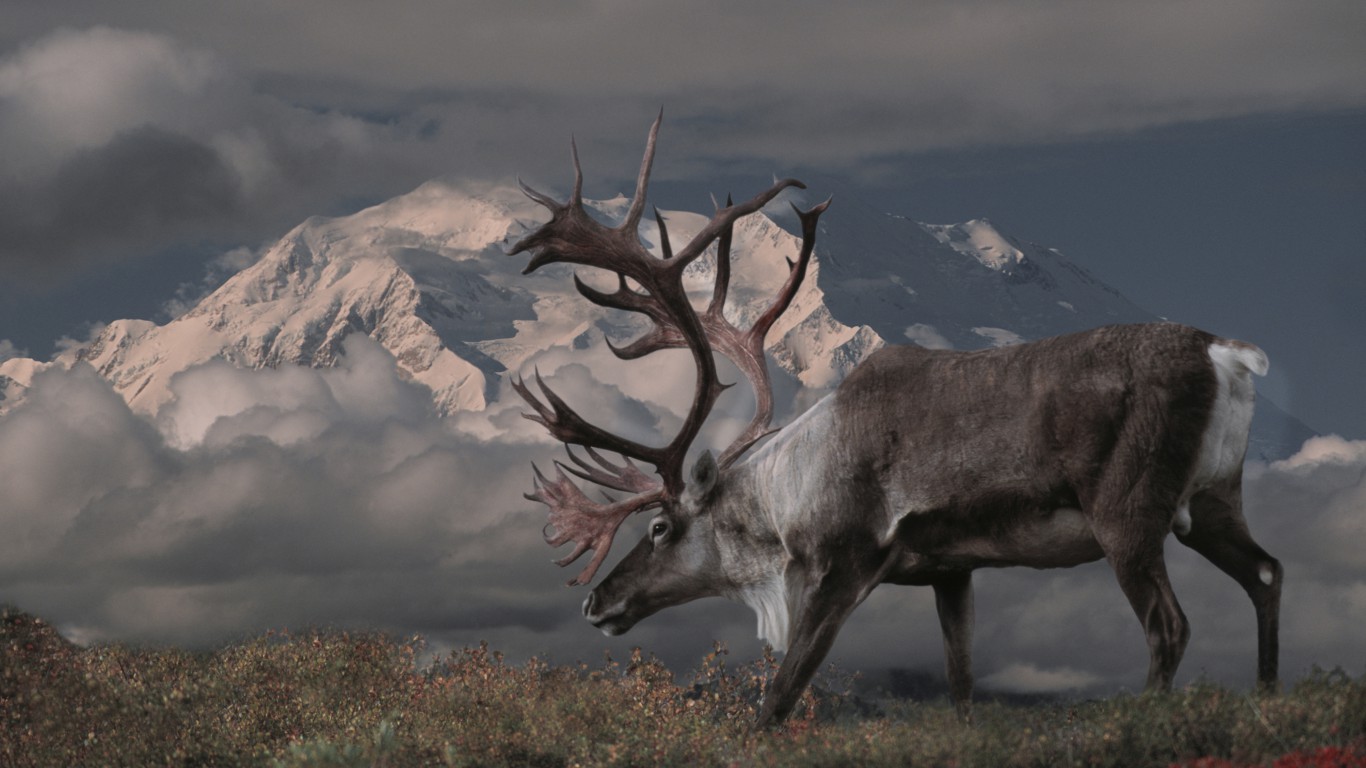
33. Caribou
> Conservation status: Vulnerable
> Habitat: Tundra, boreal
> Geographic region: Canada
> Population: 58,000-78,000
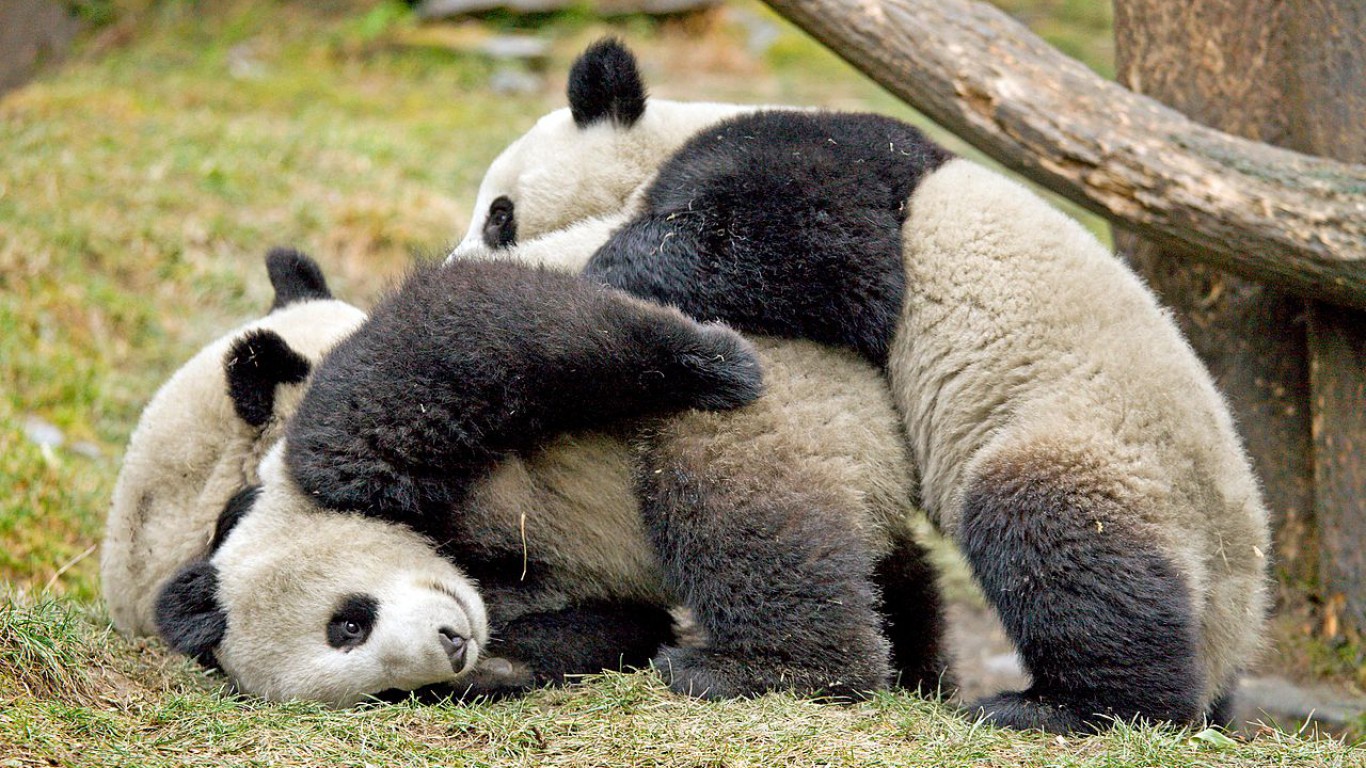
34. Giant Panda
> Conservation status: Vulnerable
> Habitat: Temperate broadleaf and mixed forests
> Geographic region: Southwest China
> Population: 1,864
[in-text-ad-2]
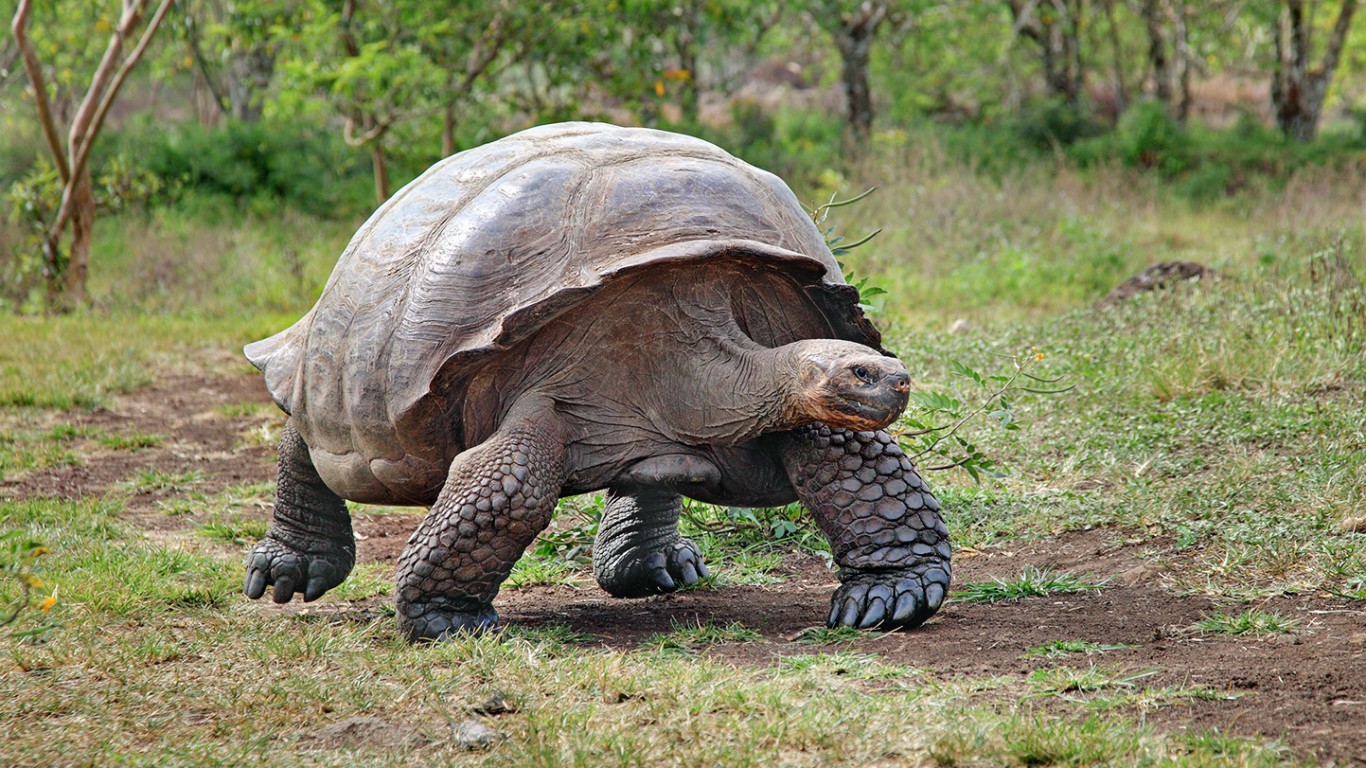
35. Giant Tortoise
> Conservation status: Vulnerable
> Habitat: Ocean
> Geographic region: Galápagos Islands
> Population: About 1,000
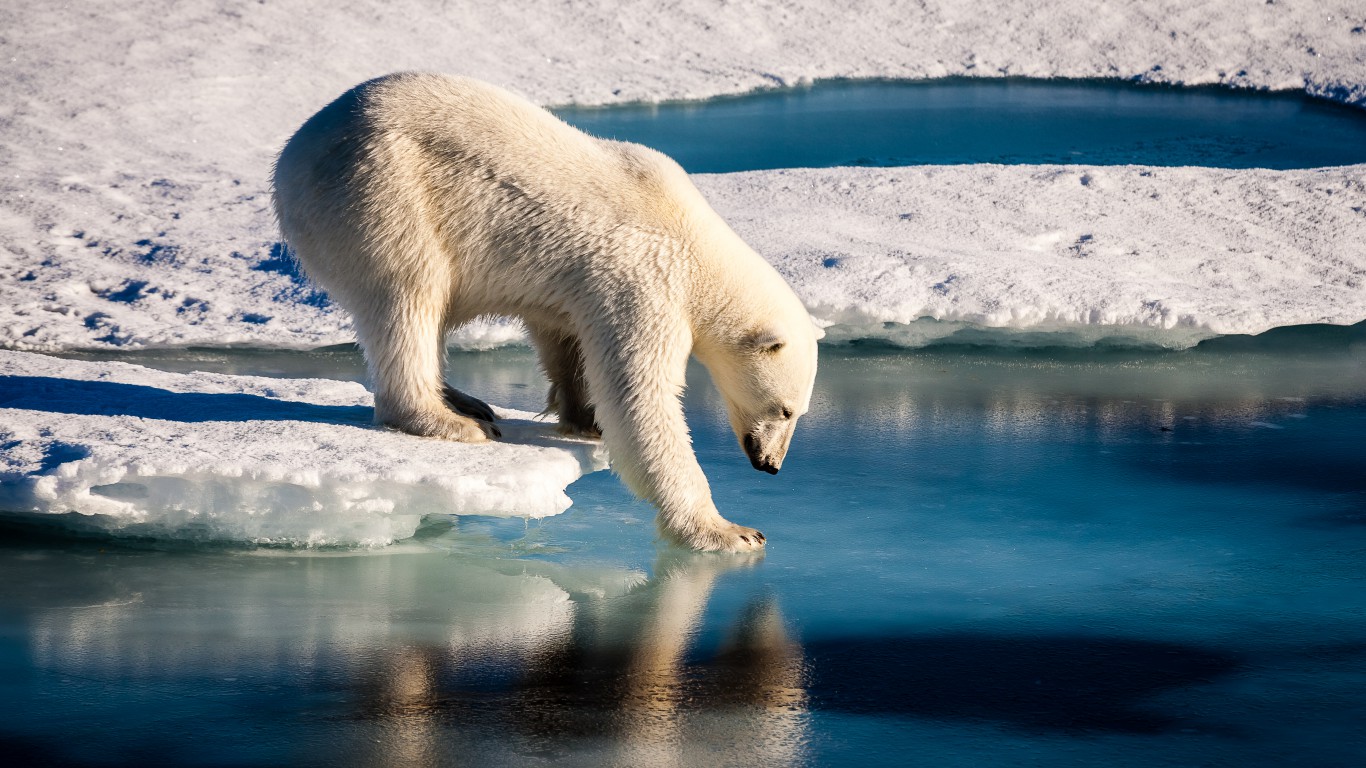
36. Polar Bear
> Conservation status: Vulnerable
> Habitat: Sea ice
> Geographic region: Arctic region
> Population: 22,000-31,000
[in-text-ad]
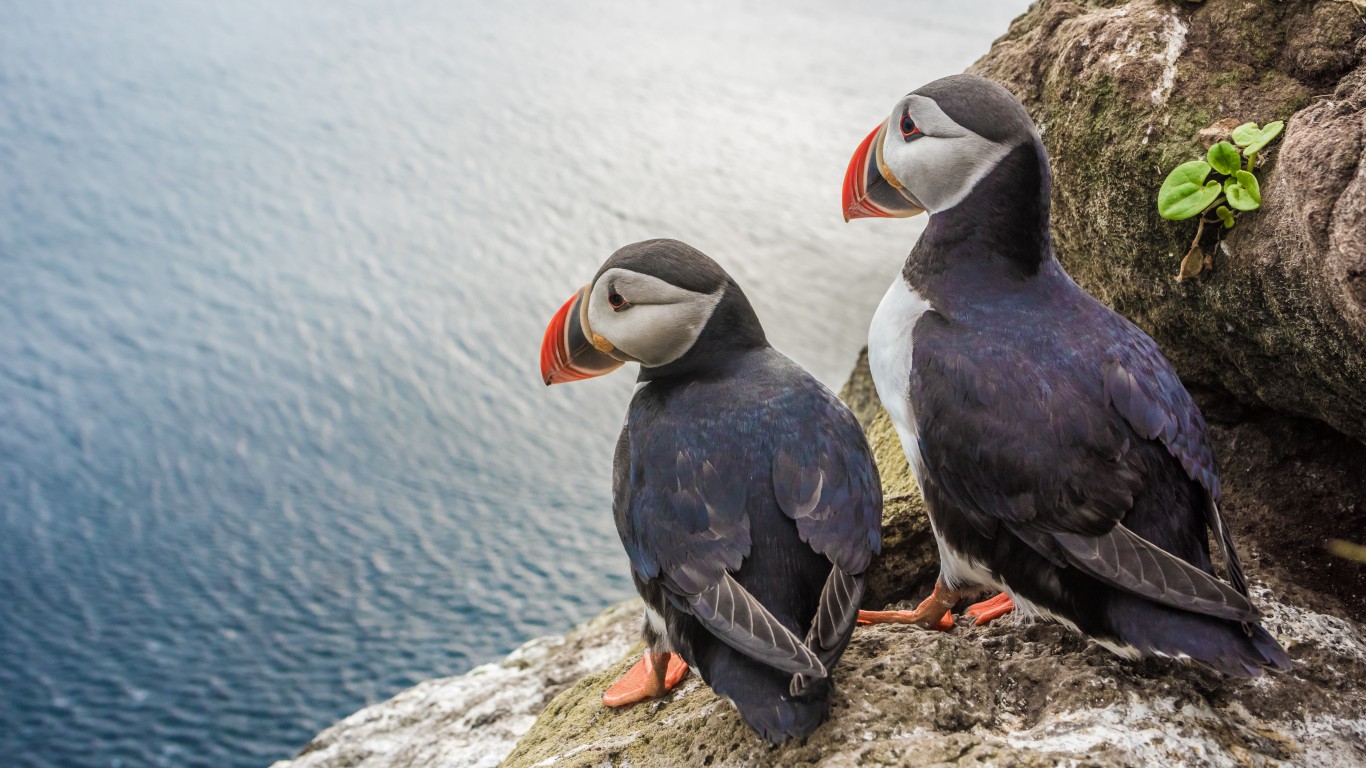
37. Puffins
> Conservation status: Vulnerable
> Habitat: Seacoasts and islands
> Geographic region: Northern Hemisphere
> Population: 3-6 million
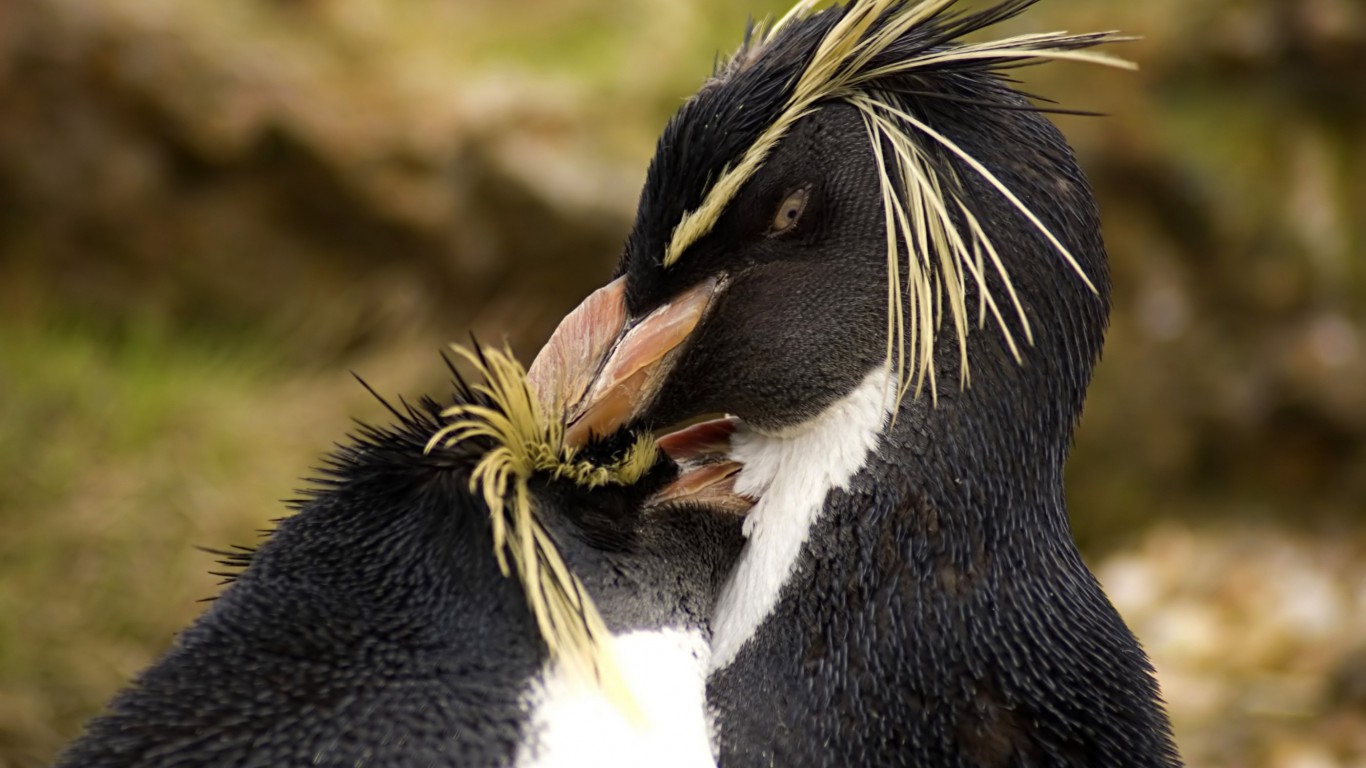
38. Southern Rockhopper Penguin
> Conservation status: Vulnerable
> Habitat: Ocean and seacoasts
> Geographic region: South Atlantic, Indian and Pacific oceans
> Population: 3 million
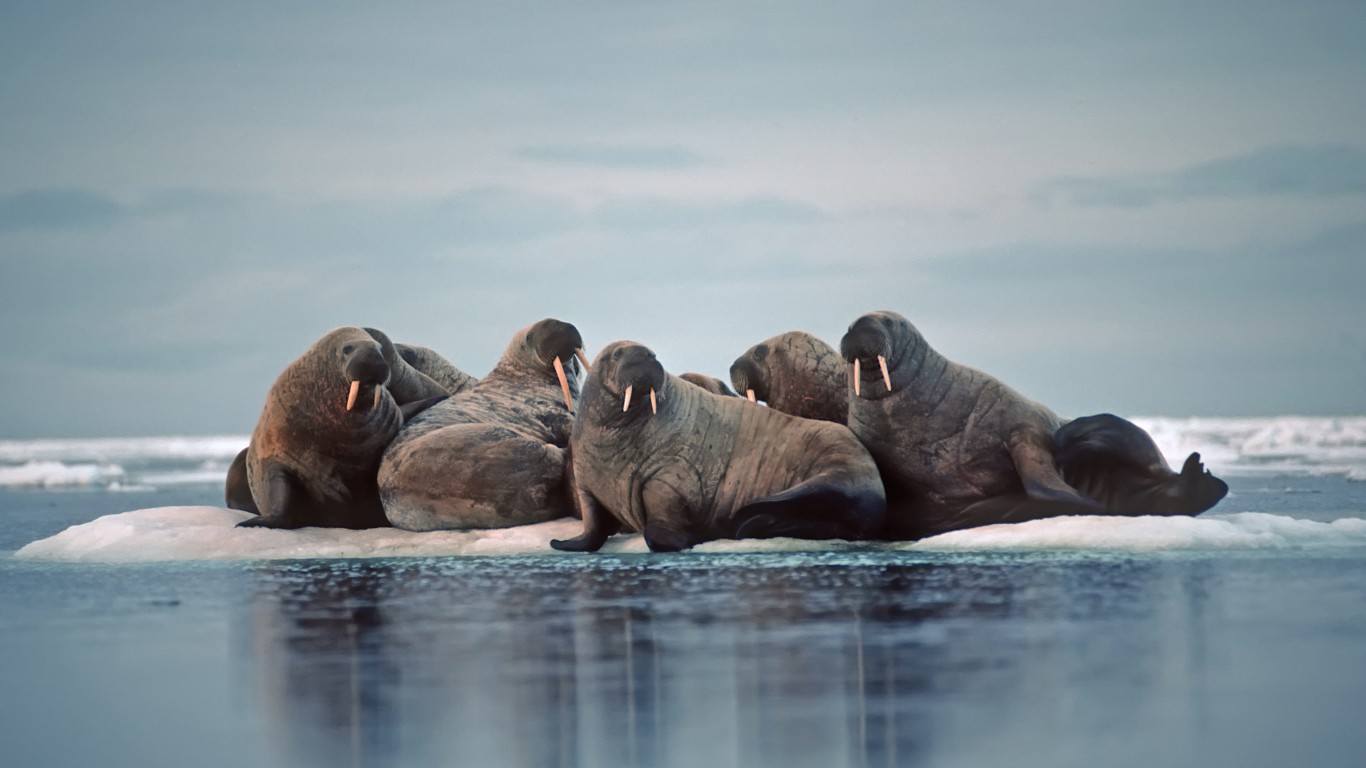
39. Walrus
> Conservation status: Vulnerable
> Habitat: Ocean and seacoasts
> Geographic region: Arctic Sea; north Atlantic and Pacific oceans
> Population: 225,000
[in-text-ad-2]
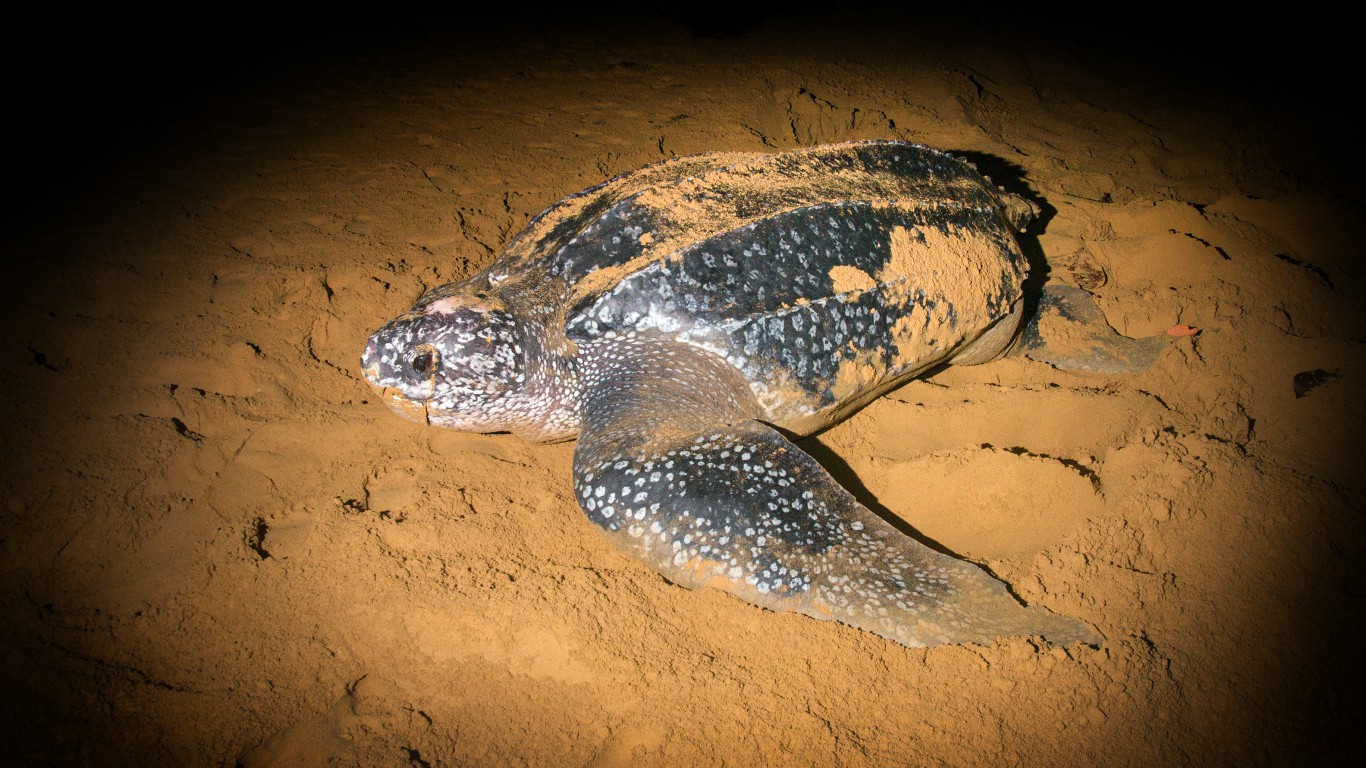
40. Leatherback Sea Turtle
> Conservation status: Vulnerable
> Habitat: Ocean and seacoasts
> Geographic region: Atlantic and Pacific oceans
> Population: 34,000-36,000 nesting females
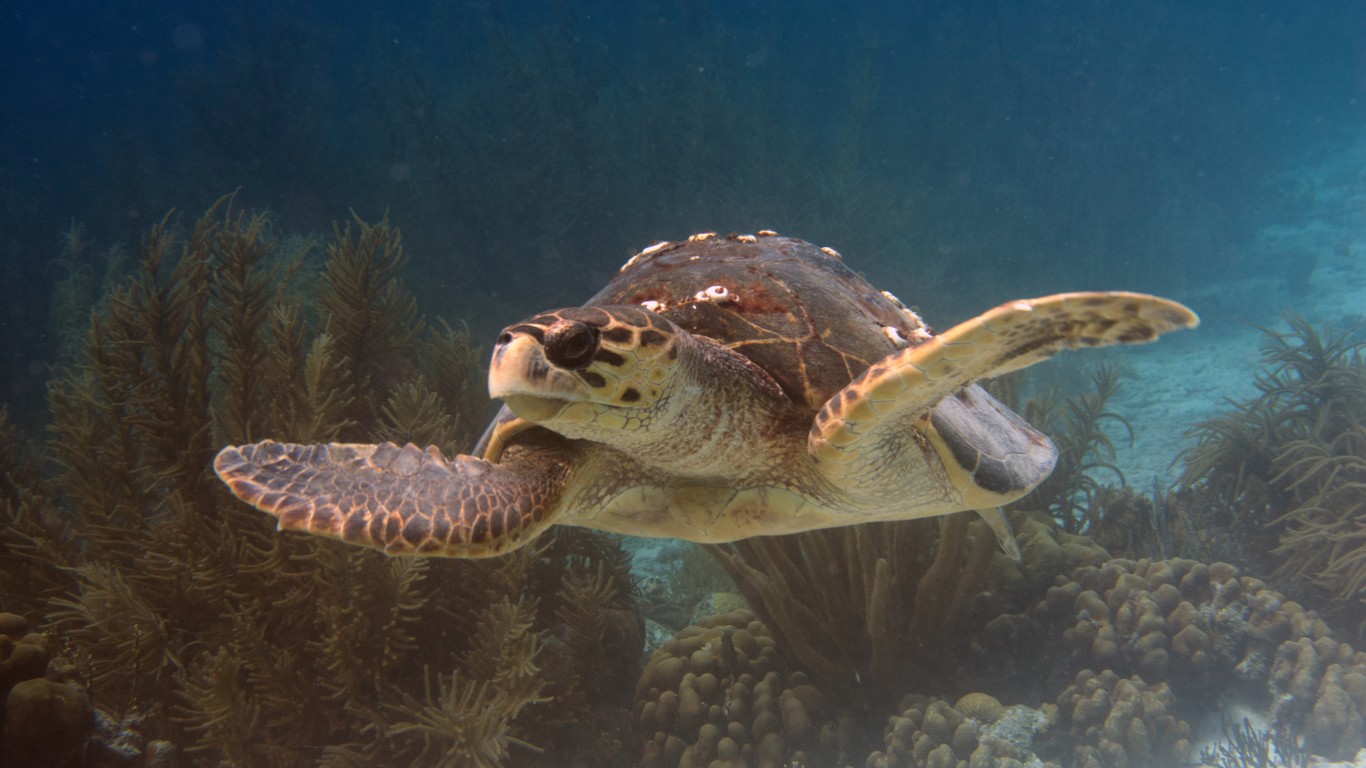
41. Loggerhead Sea Turtle
> Conservation status: Vulnerable
> Habitat: Ocean and seacoasts
> Geographic region: Mediterranean Sea
> Population: 200,000
[in-text-ad]
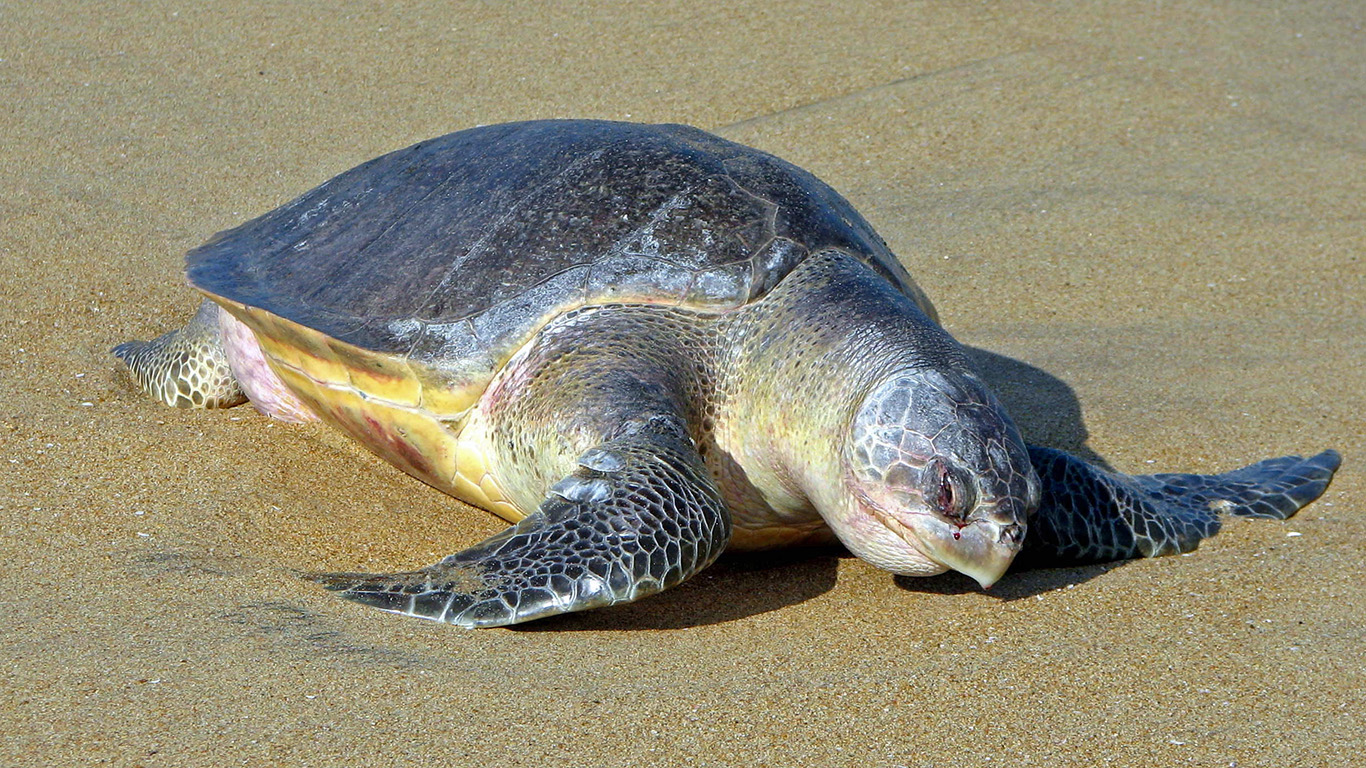
42. Olive Ridley Sea Turtle
> Conservation status: Vulnerable
> Habitat: Ocean and seacoasts
> Geographic region: Mesoamerican Reef, Coastal East Africa, Gulf of California, Coral Triangle
> Population: 800,000
Detailed Findings
Up to half of plant and animal species in the world’s most naturally rich areas—including the Amazon and the Galápagos—could face extinction by the turn of the 21st century because of climate change if carbon emissions continue to rise, according to World Wildlife Fund for Nature.
Complicating the fight against global carbon emissions was President Donald Trump’s decision last year to pull the United States out of the Paris Agreement, an accord that sought to limit greenhouse gas emissions.
“Hotter days, longer periods of drought, and more intense storms are becoming the new normal, and species around the world are already feeling the effects,” said Nikhil Advani, a specialist for climate, communities, and wildlife at WWF on the WWF website.
Rising temperatures on our planet have forced animals to seek colder climates to survive, particularly in the Arctic region and the North Atlantic Ocean. Higher temperatures are destroying their natural habitats.
To be sure, climate change is not the only threat to animals. Other factors that are pushing some species to extinction include overfishing, rapid economic development, deforestation, and poaching. As a result of all these factors, many animals are categorized as at least vulnerable. The International Union for Conservation of Nature, based in Gland, Switzerland, evaluates the risk level for animal species, and the animals that are most at risk are deemed critically endangered.
To address climate change, the WWF advocates taking measures to reduce carbon emissions to preserve animal species. Among them are replanting forests, restoring beach vegetation to nurture sea turtle nests, providing access to freshwater for elephants, and finding areas of solid sea ice in the Arctic region for polar bears to survive.
Methodology
24/7 Wall St. compiled its list of animals likely to go extinct due to climate change based on the conservation status of animals provided by the World Wildlife Fund for Nature, an international non-governmental organization working to preserve wilderness and reduce human impact on the environment. Additional data and information were obtained from the The International Union for Conservation of Nature Red List of Threatened Species, which keeps an inventory of the global conservation status of biological species, and from the U.S. Fish and Wildlife Service, an agency of the federal government within the Department of the Interior. There are thousands of animals at various stages of risk. We chose the animals on this list because they are the ones that are the most imperiled because of their diminished population.
The last few years made people forget how much banks and CD’s can pay. Meanwhile, interest rates have spiked and many can afford to pay you much more, but most are keeping yields low and hoping you won’t notice.
But there is good news. To win qualified customers, some accounts are paying almost 10x the national average! That’s an incredible way to keep your money safe and earn more at the same time. Our top pick for high yield savings accounts includes other benefits as well. You can earn up to 3.80% with a Checking & Savings Account today Sign up and get up to $300 with direct deposit. No account fees. FDIC Insured.
Click here to see how much more you could be earning on your savings today. It takes just a few minutes to open an account to make your money work for you.
Thank you for reading! Have some feedback for us?
Contact the 24/7 Wall St. editorial team.